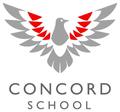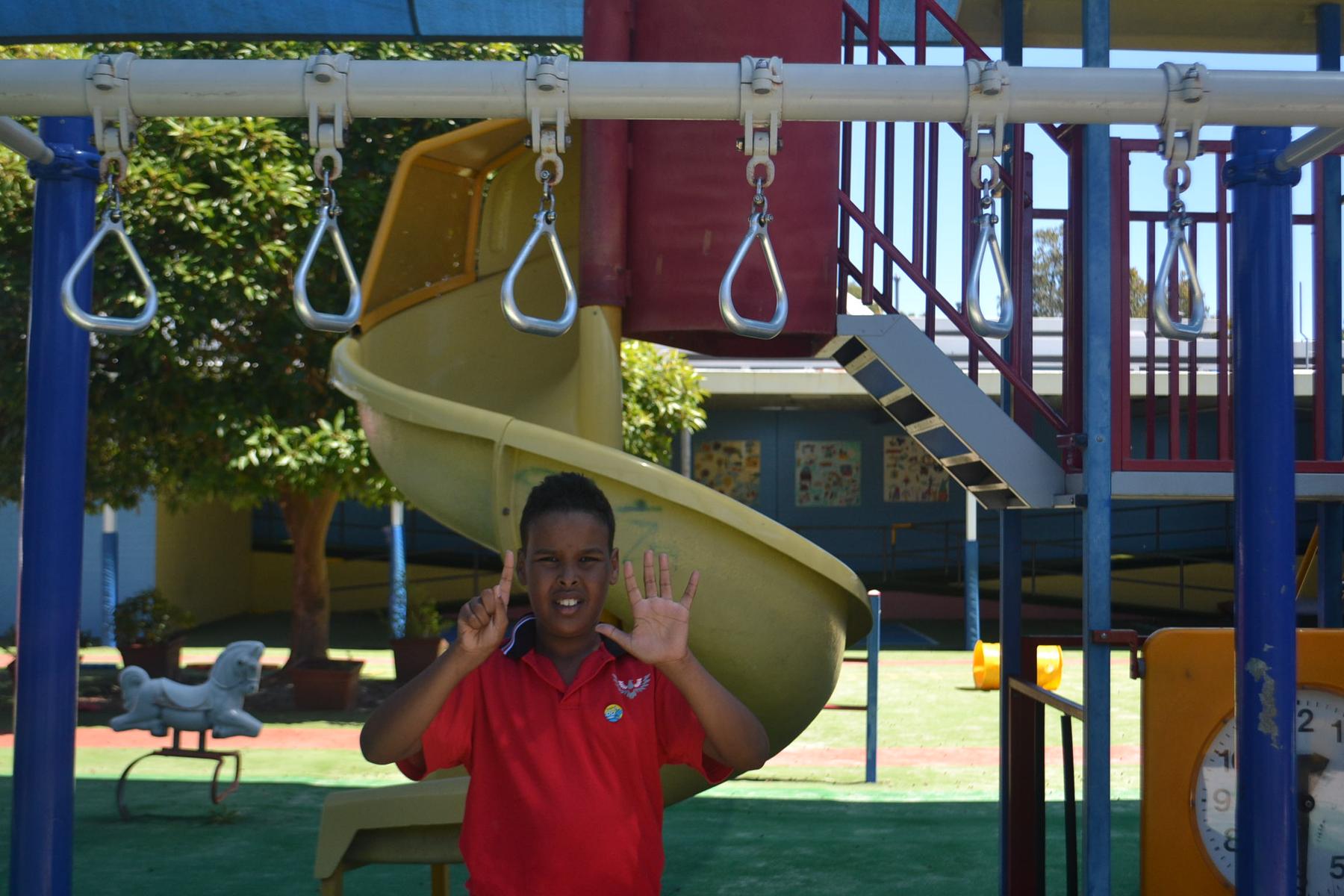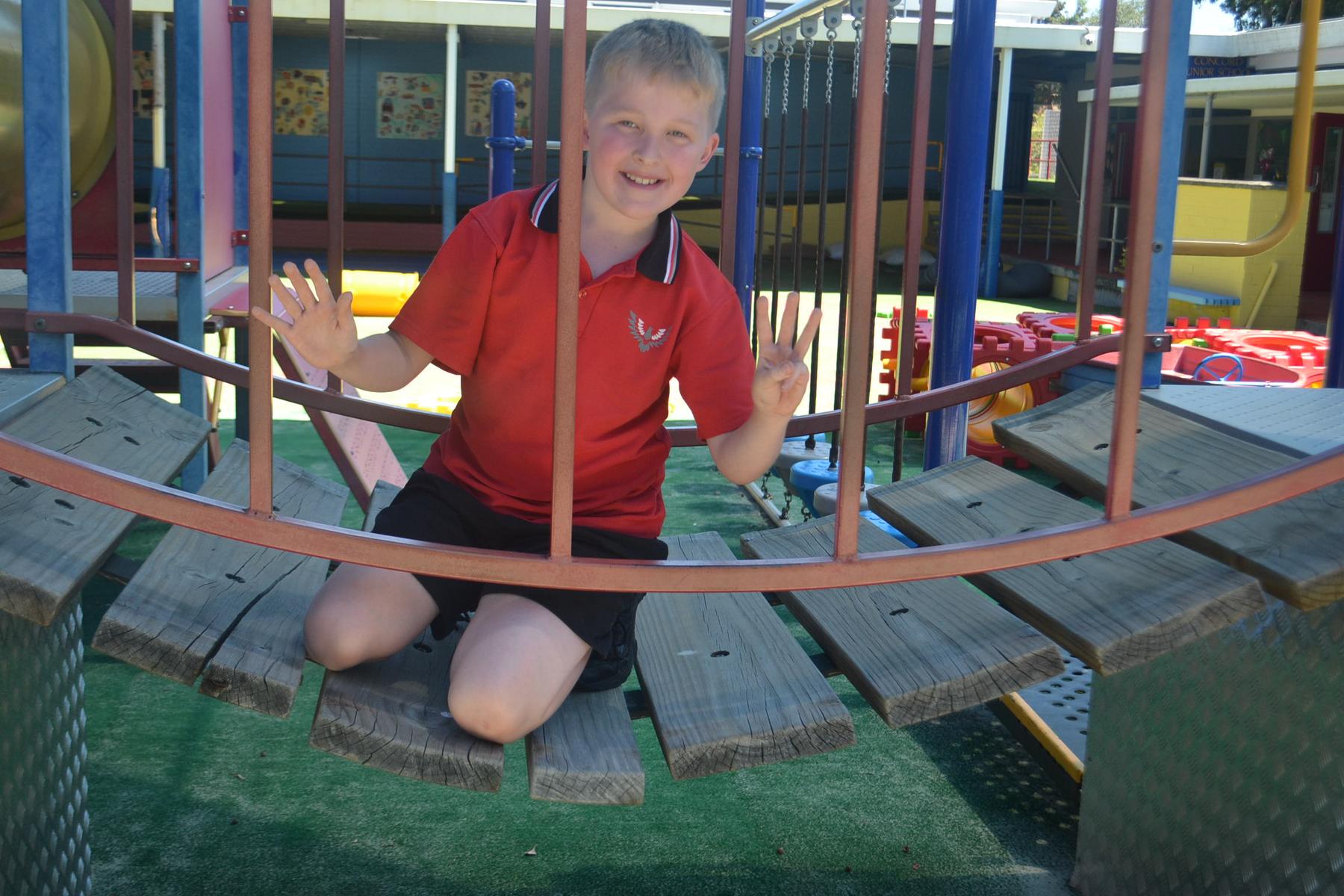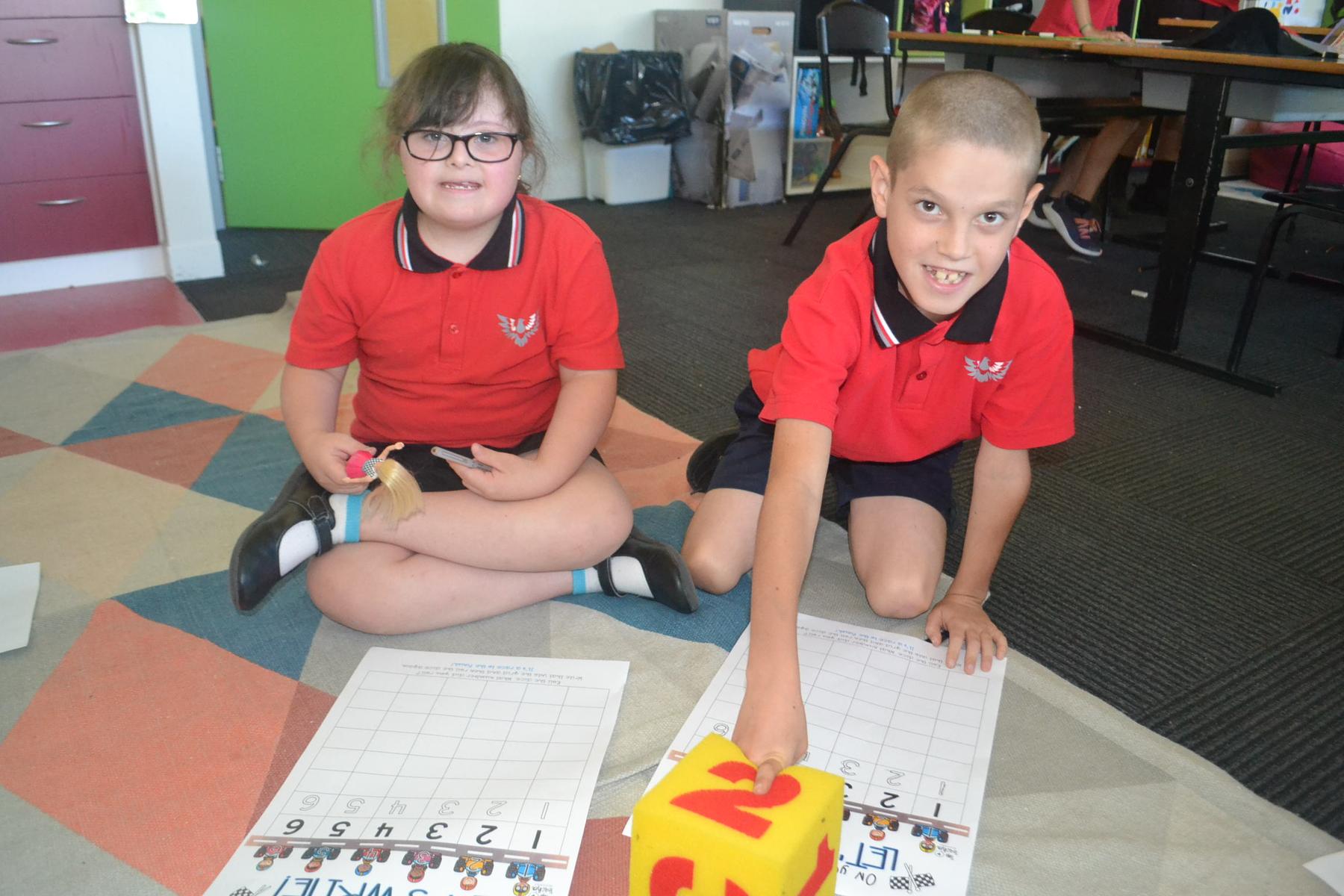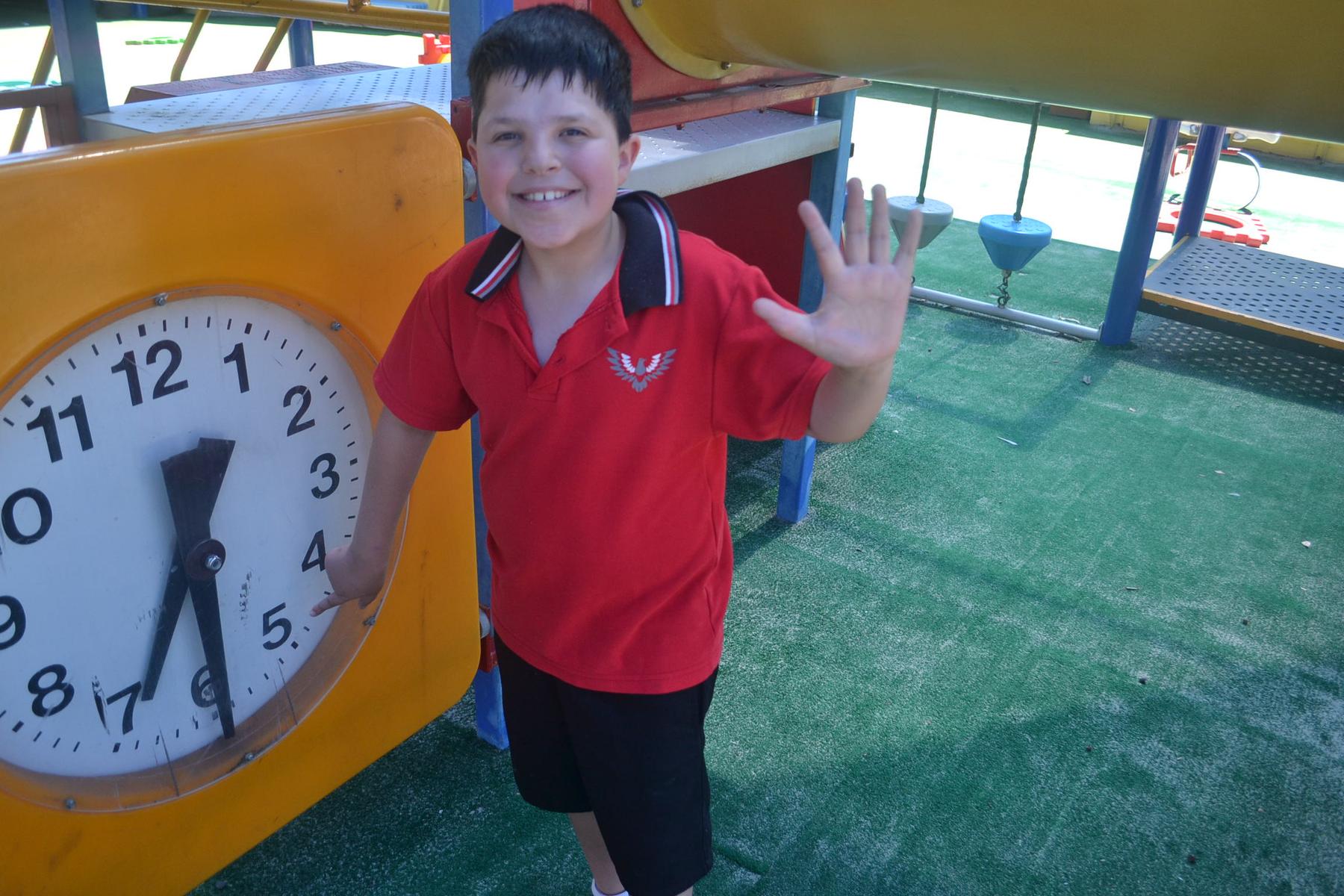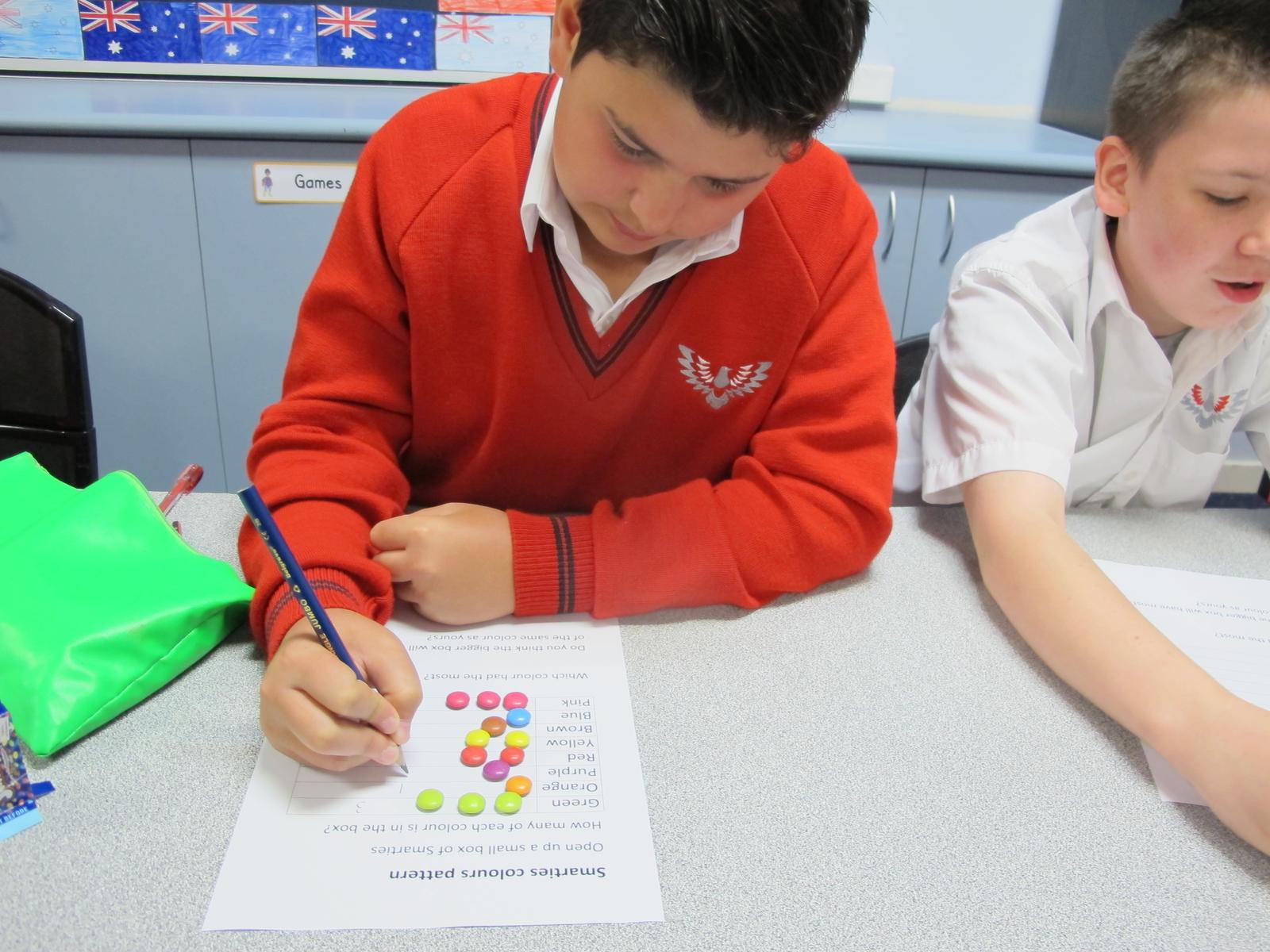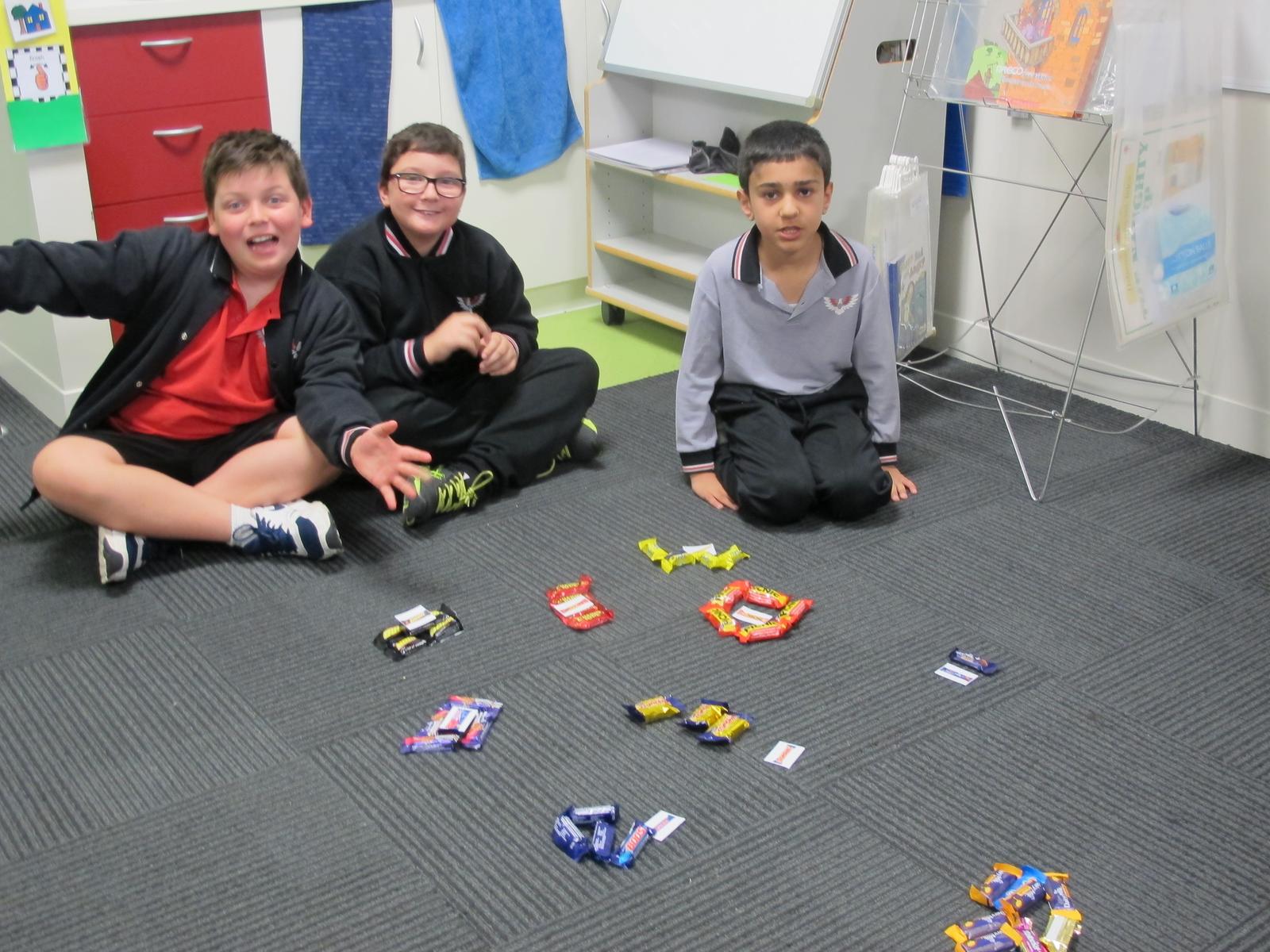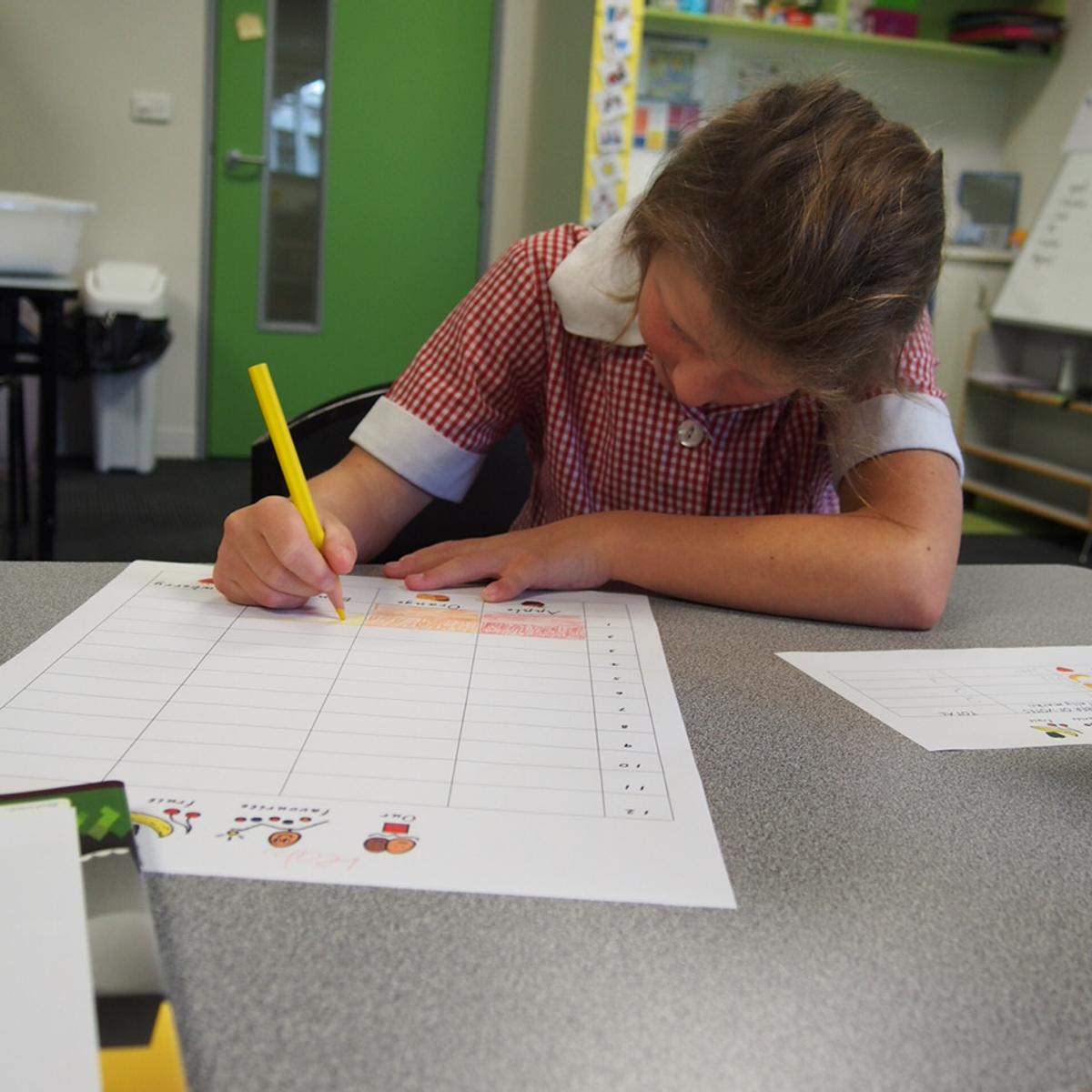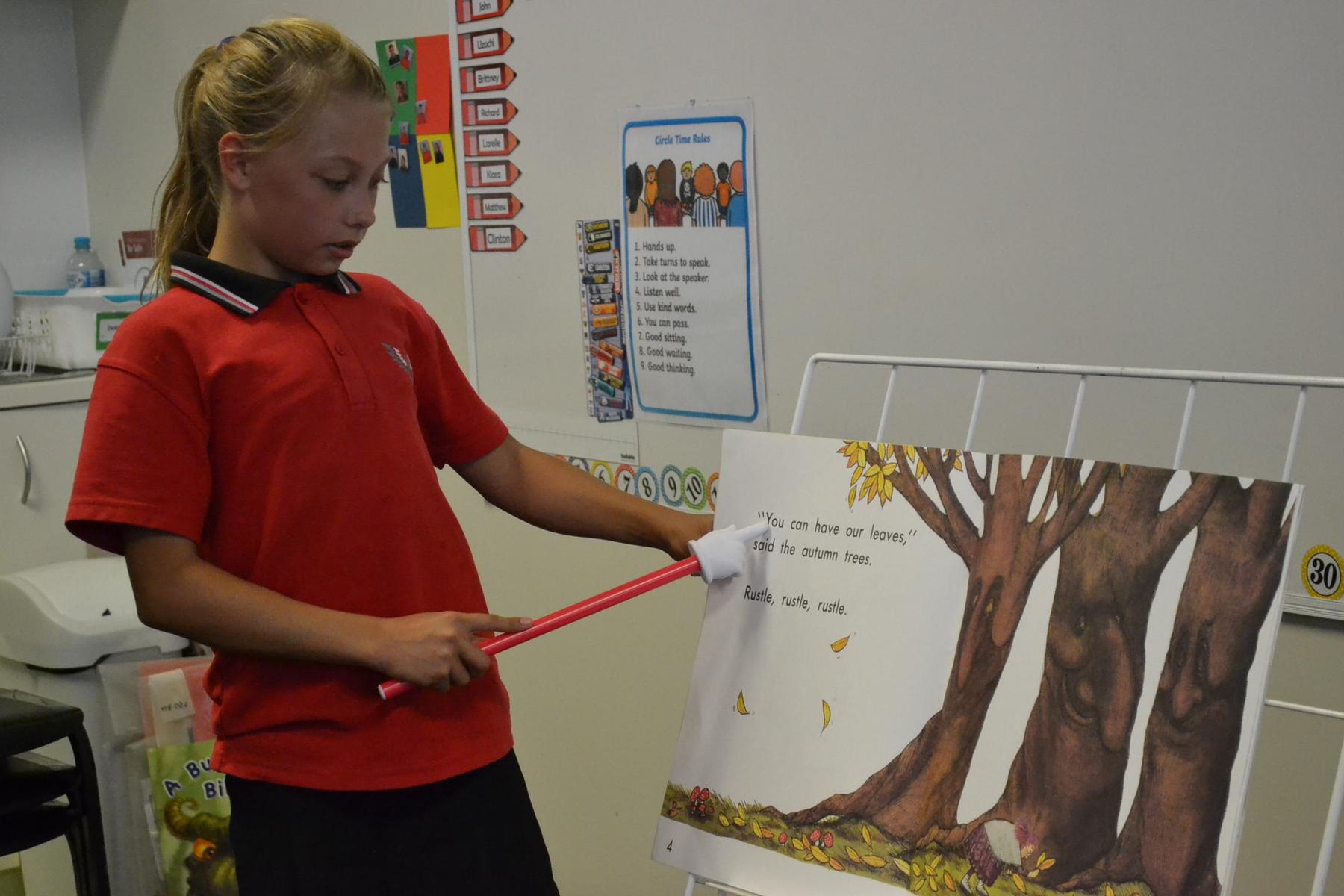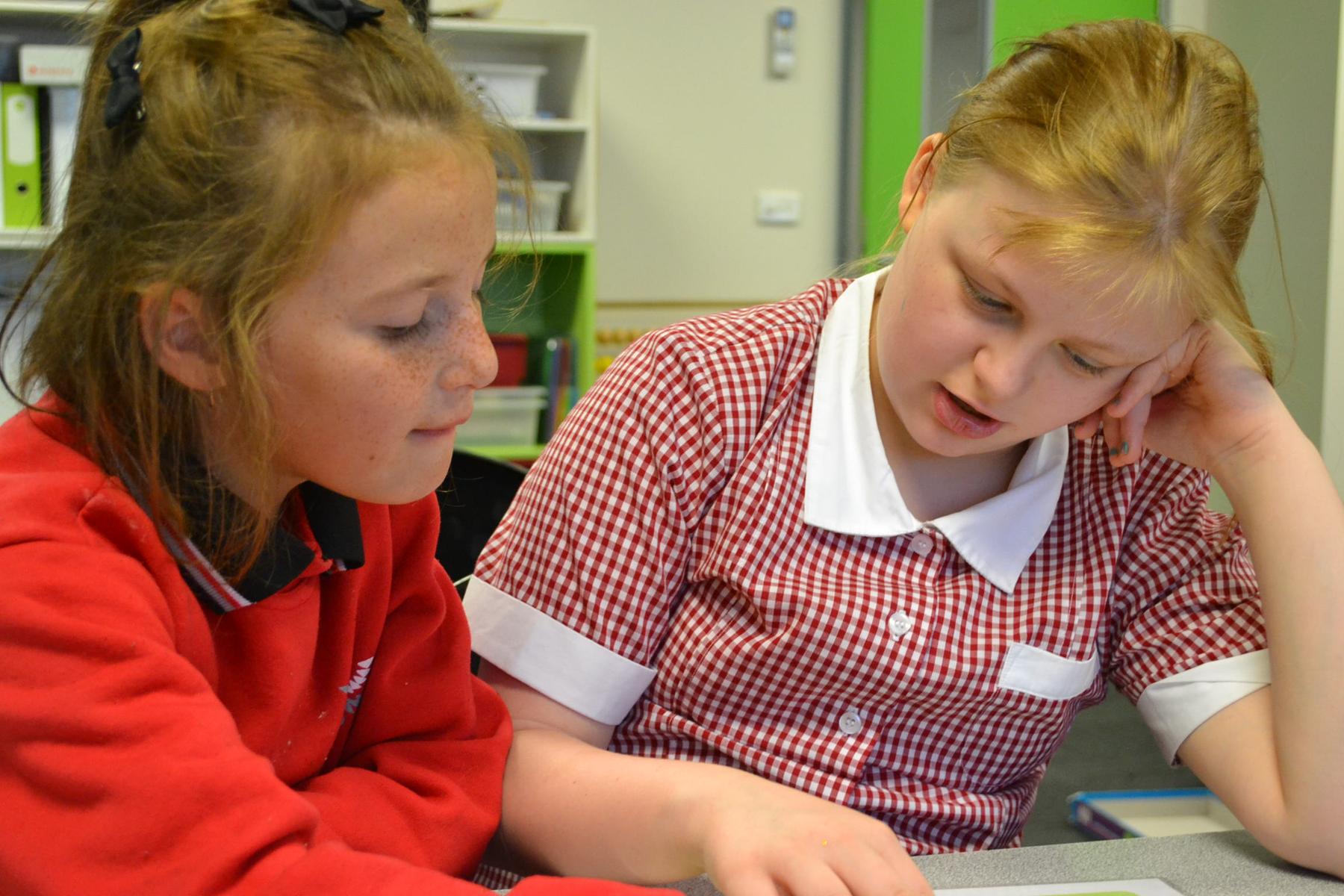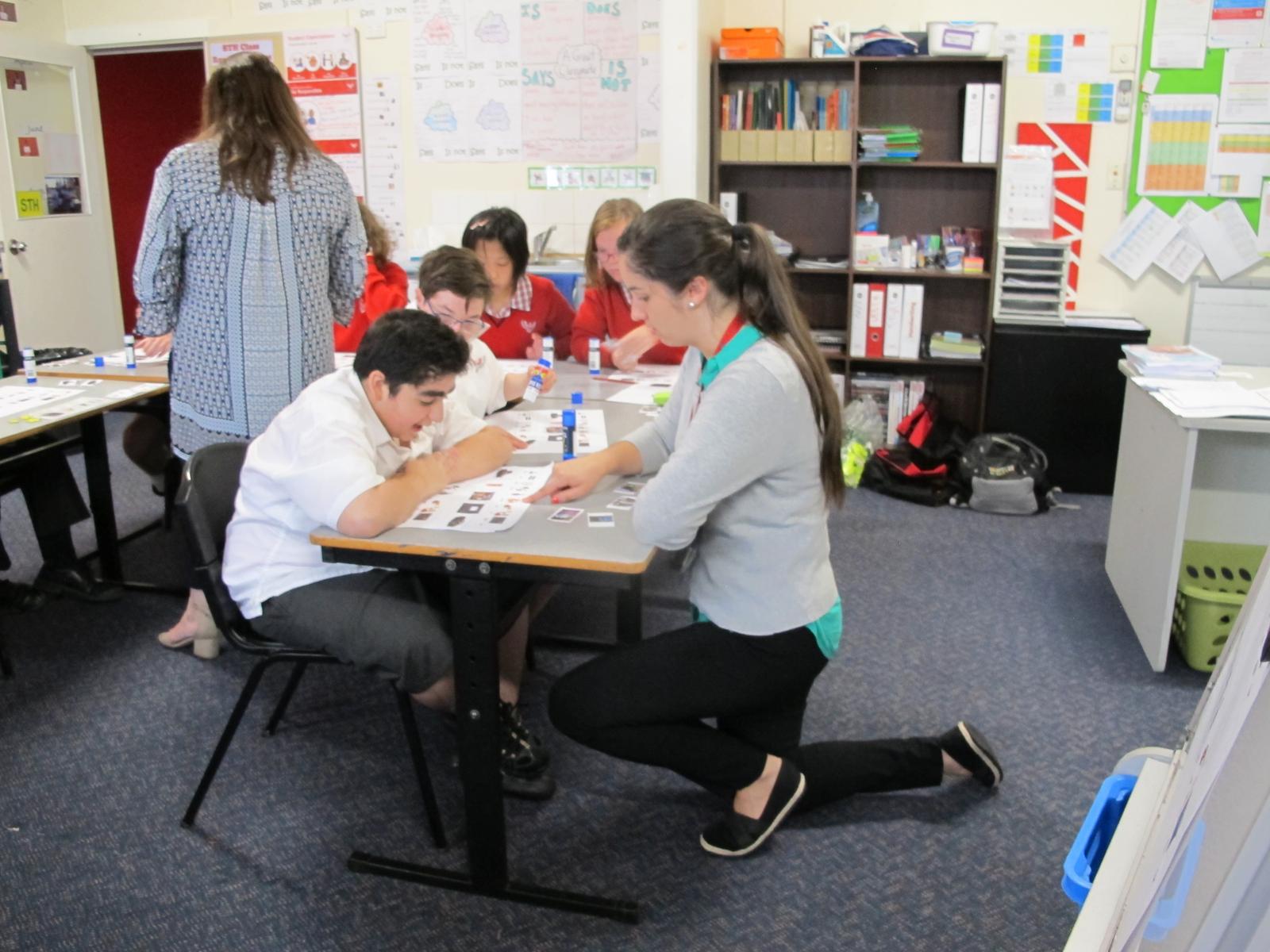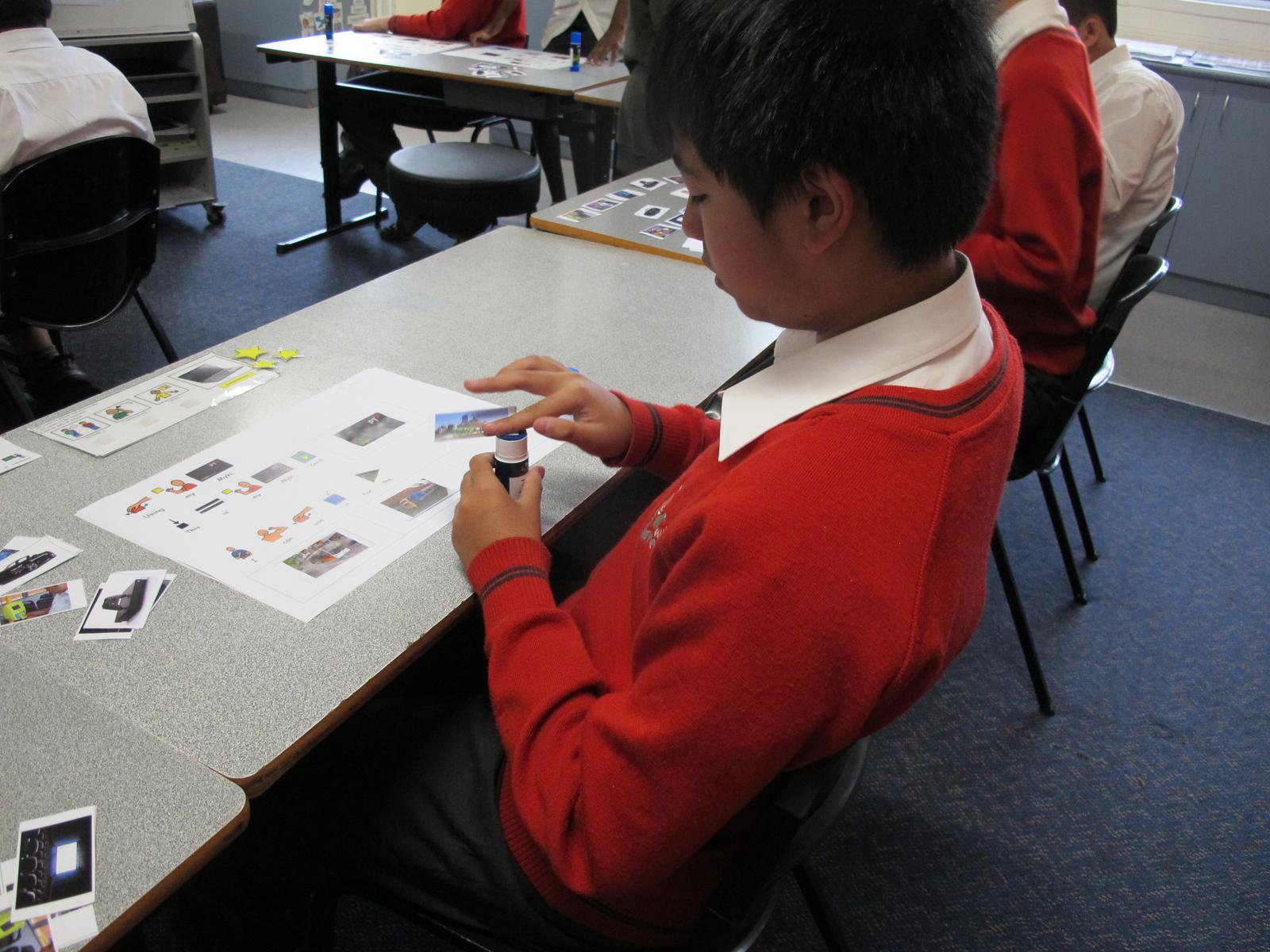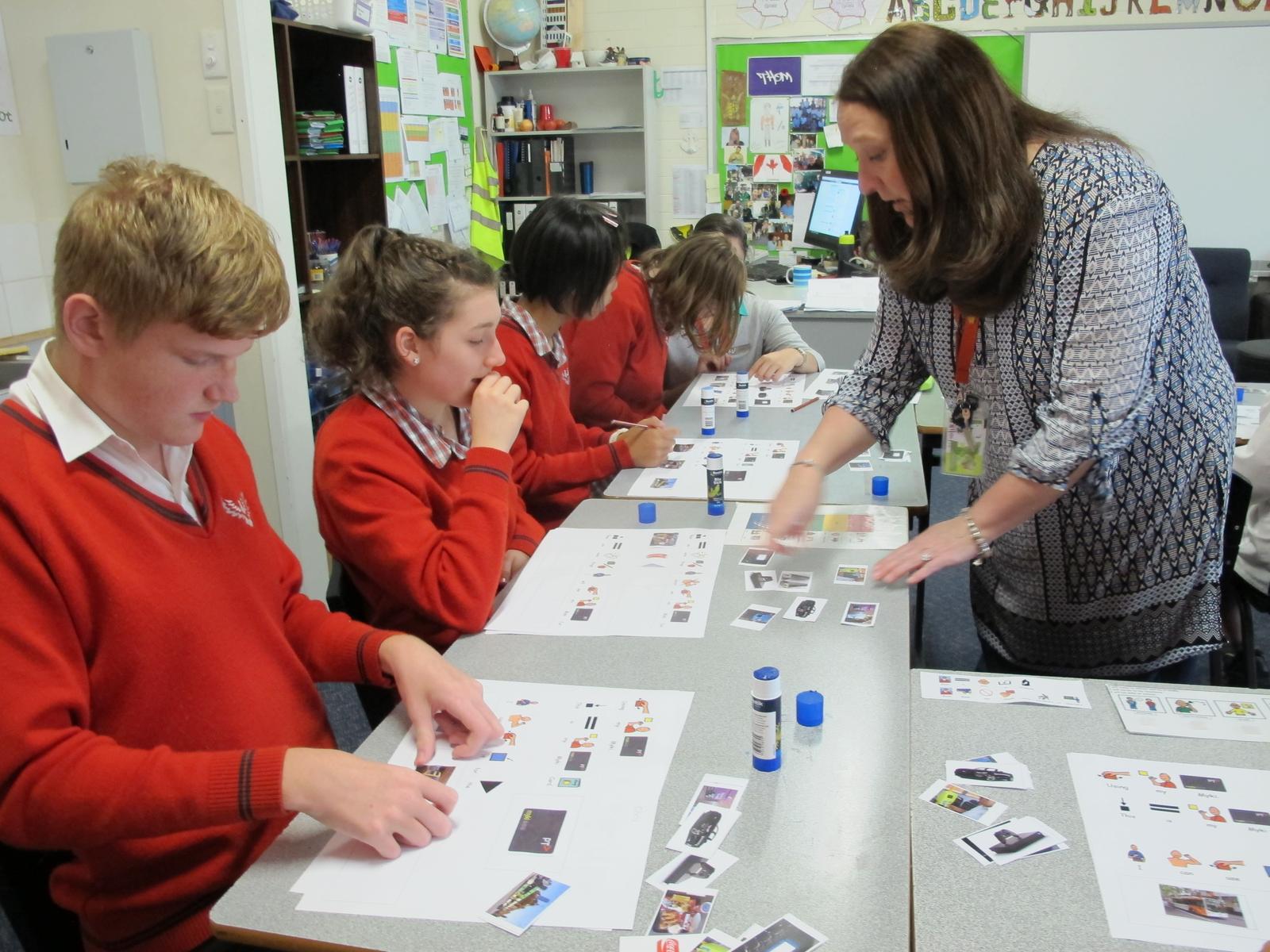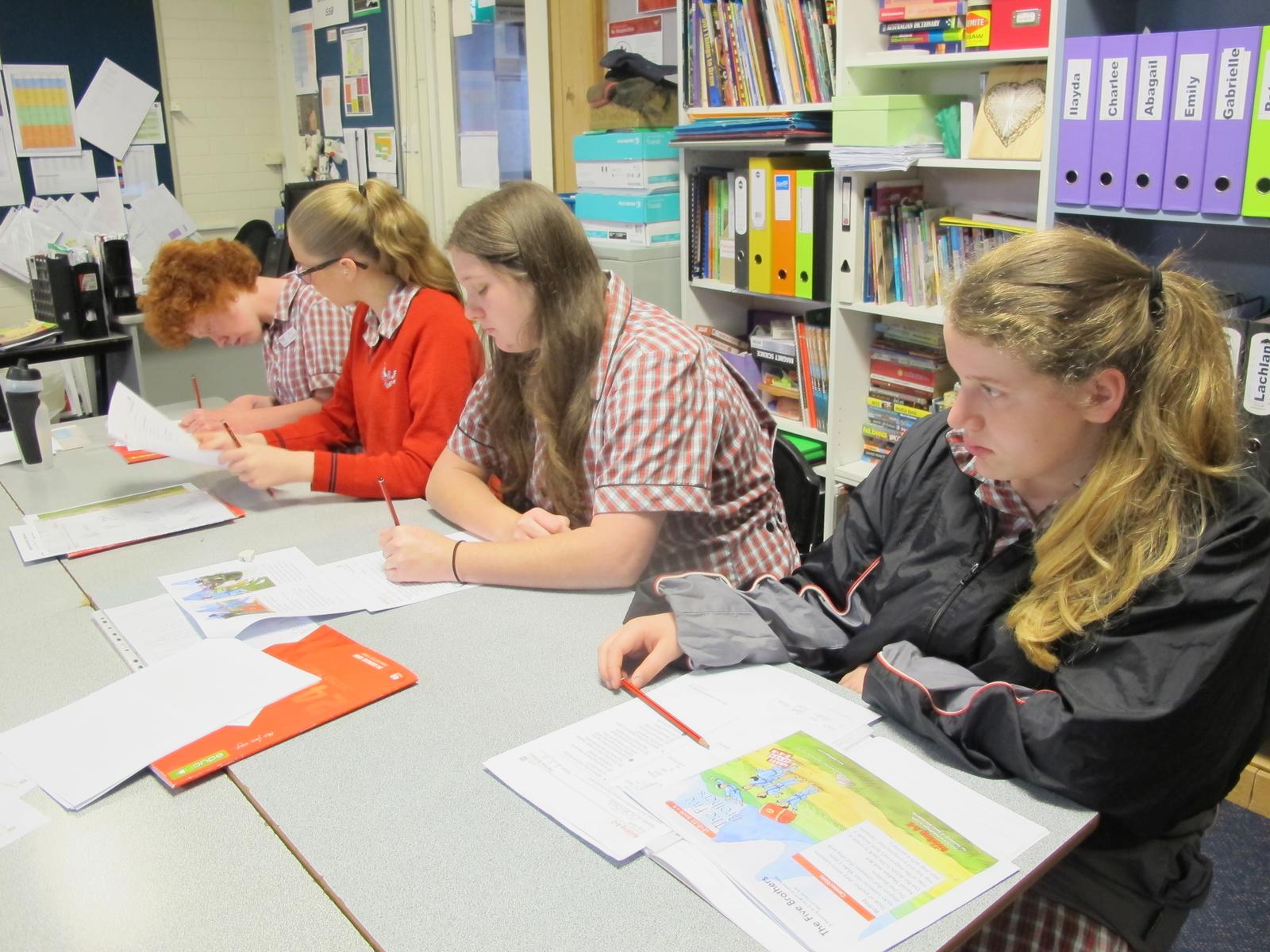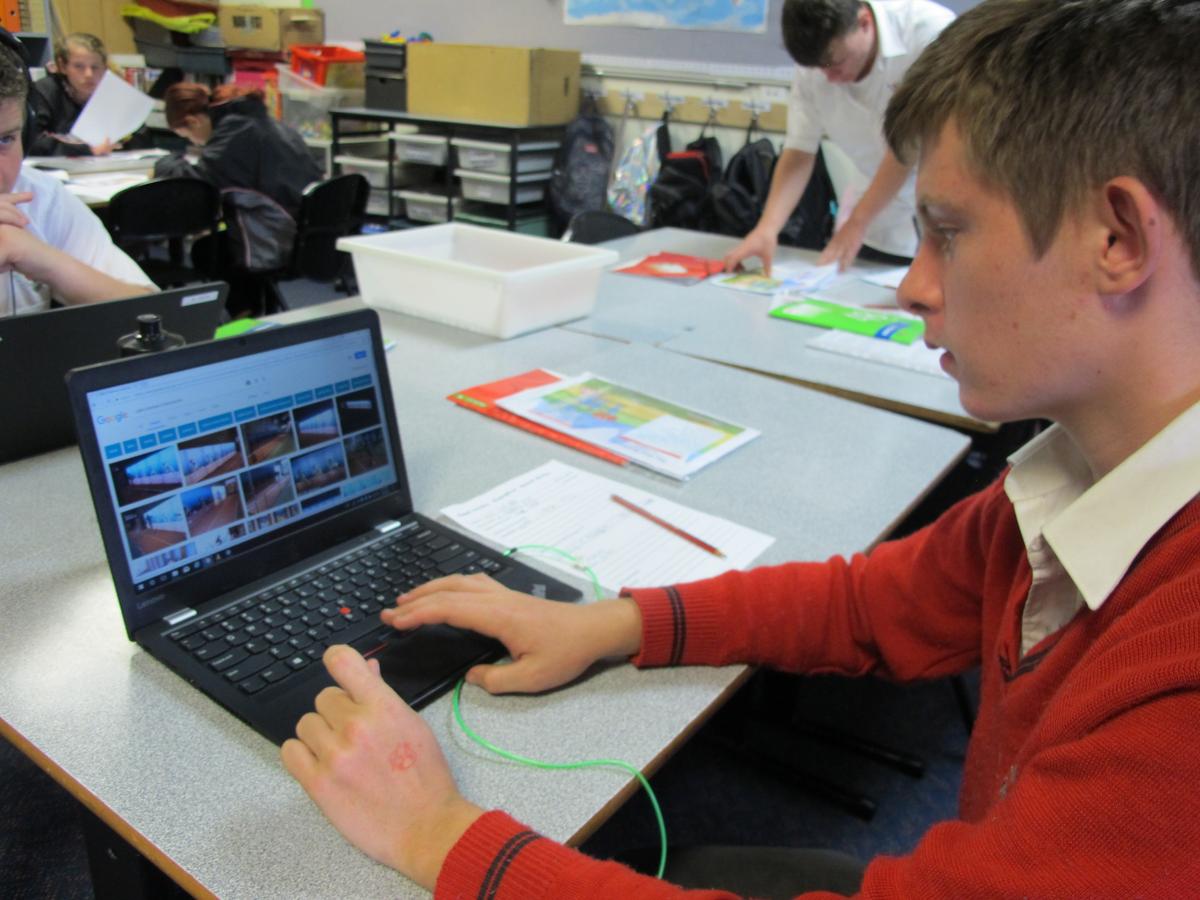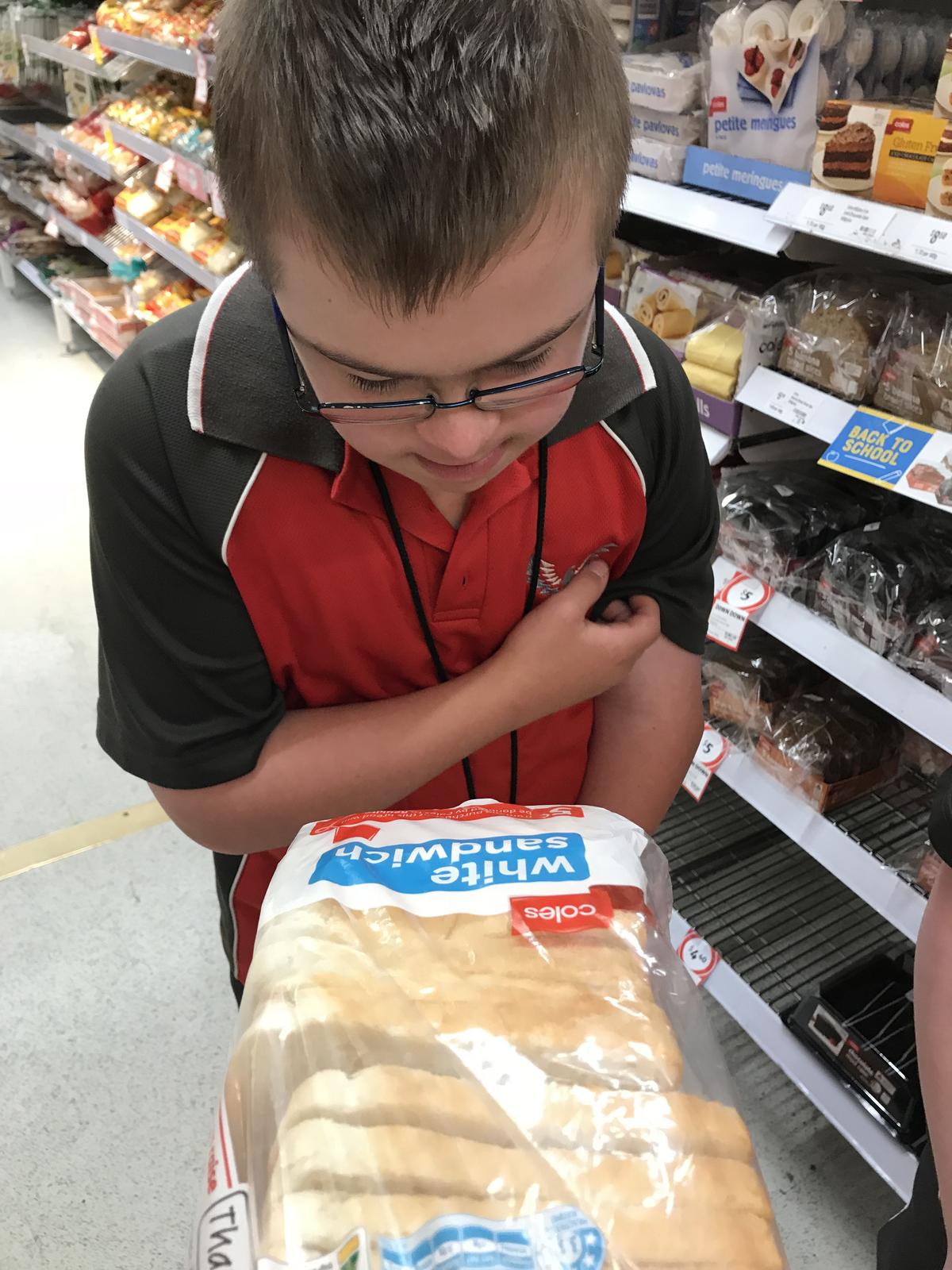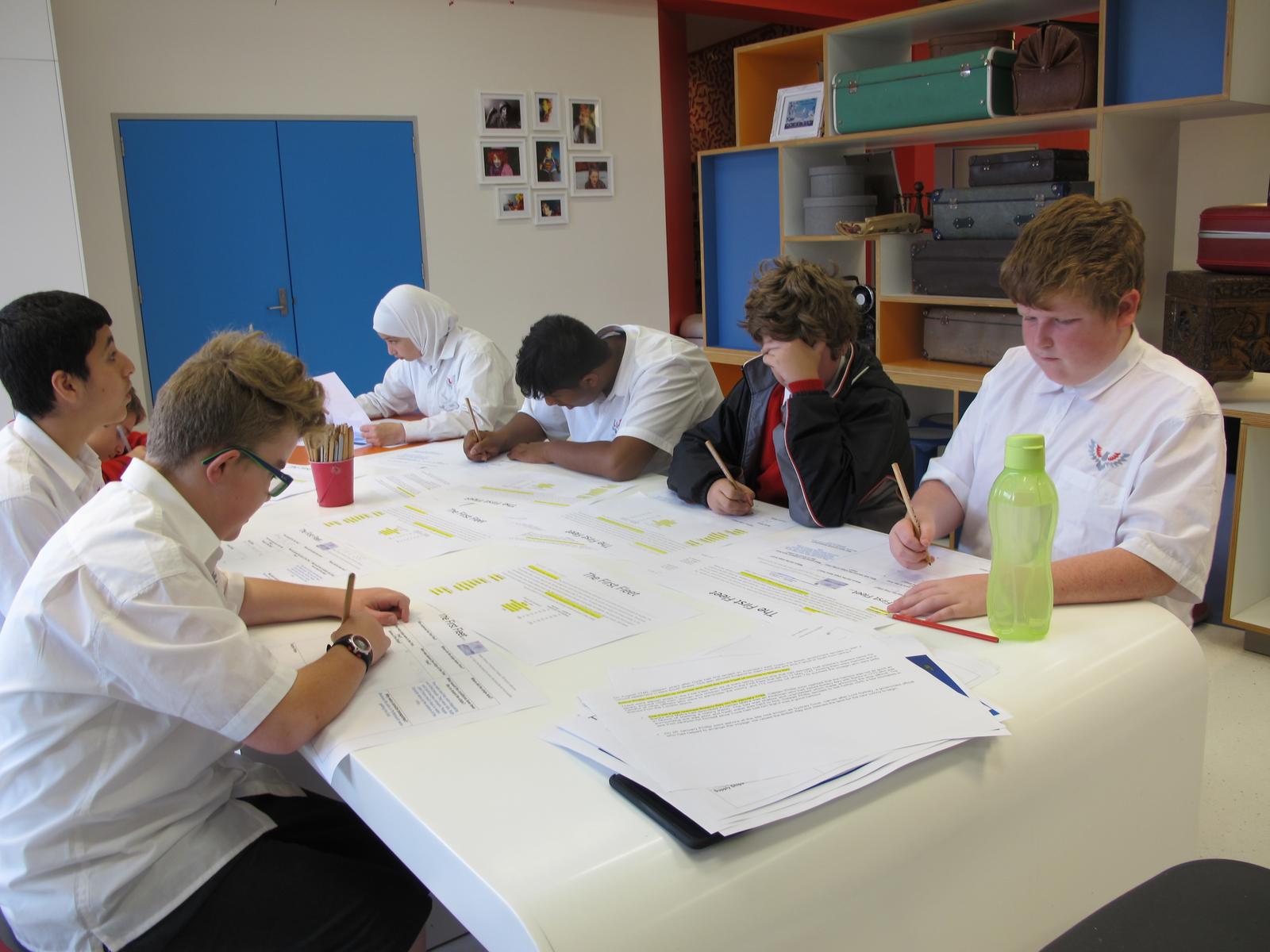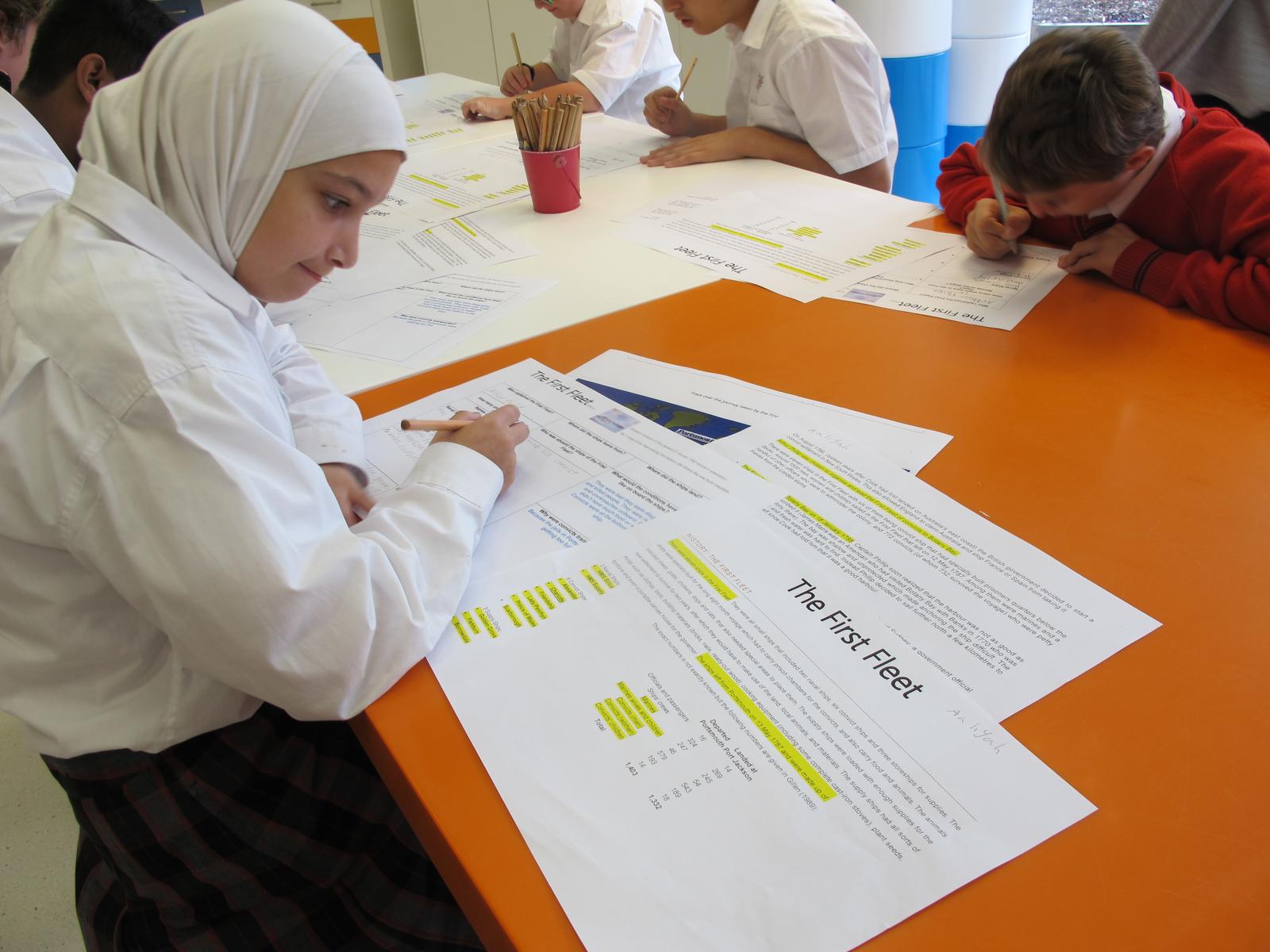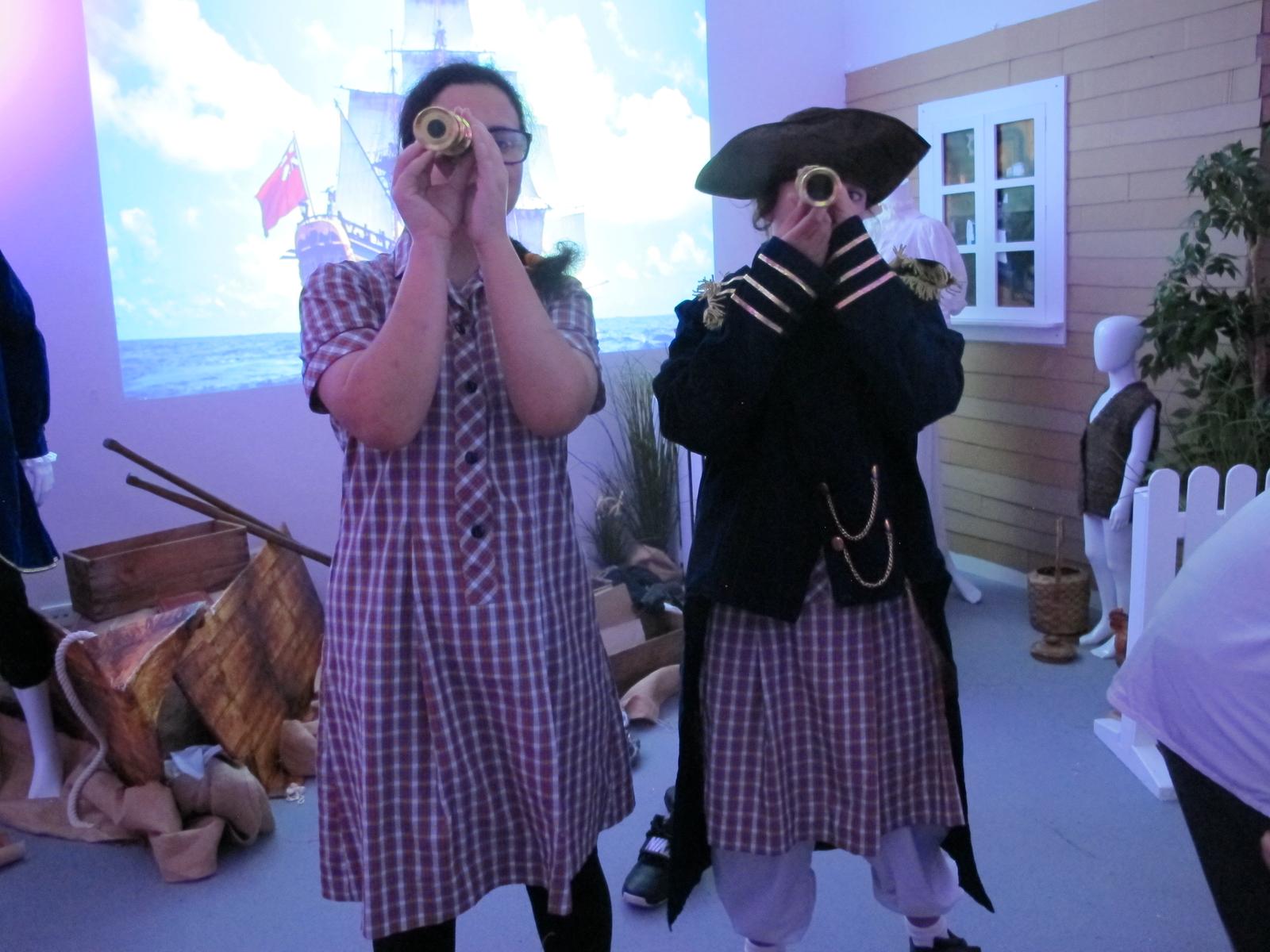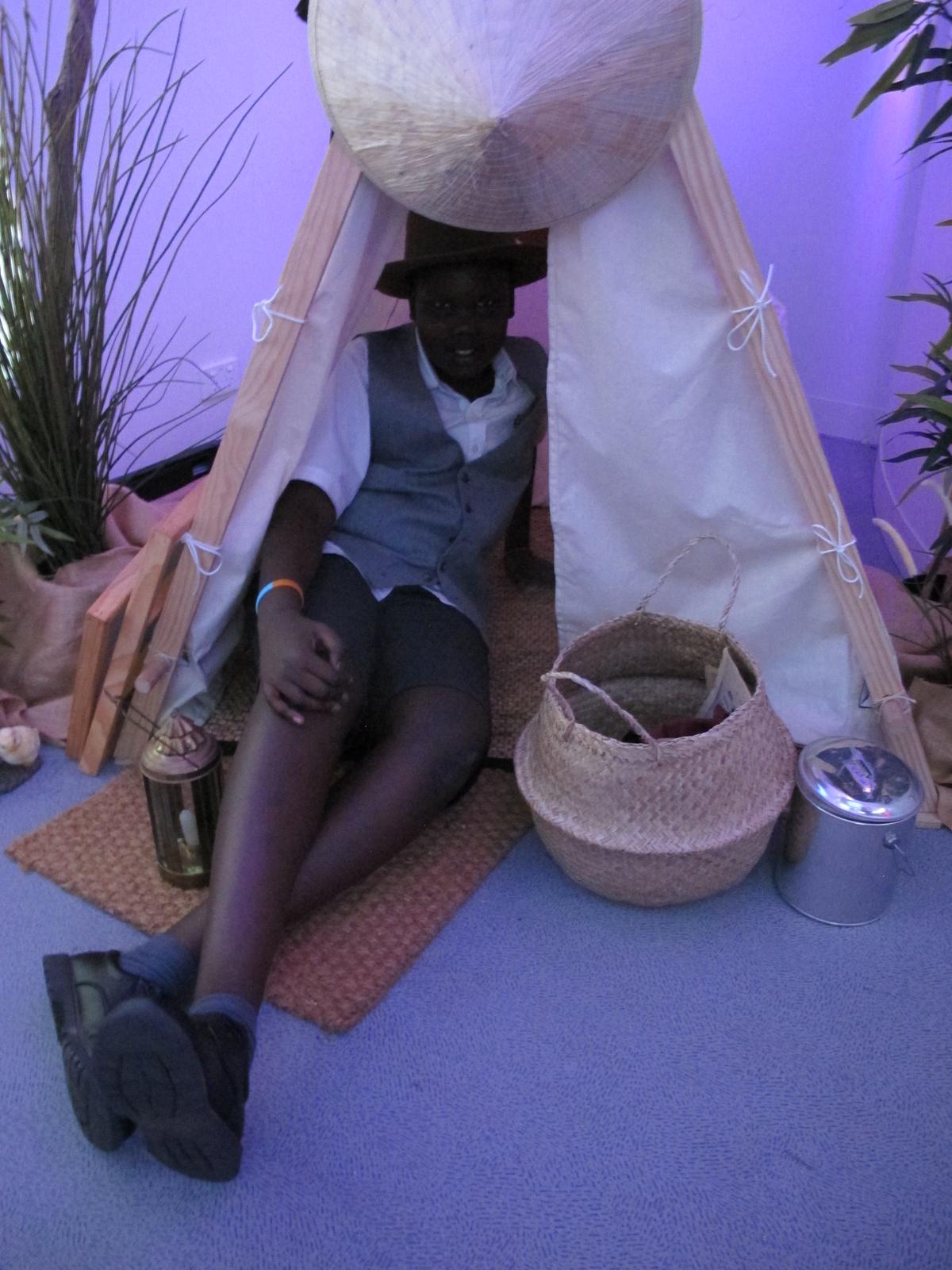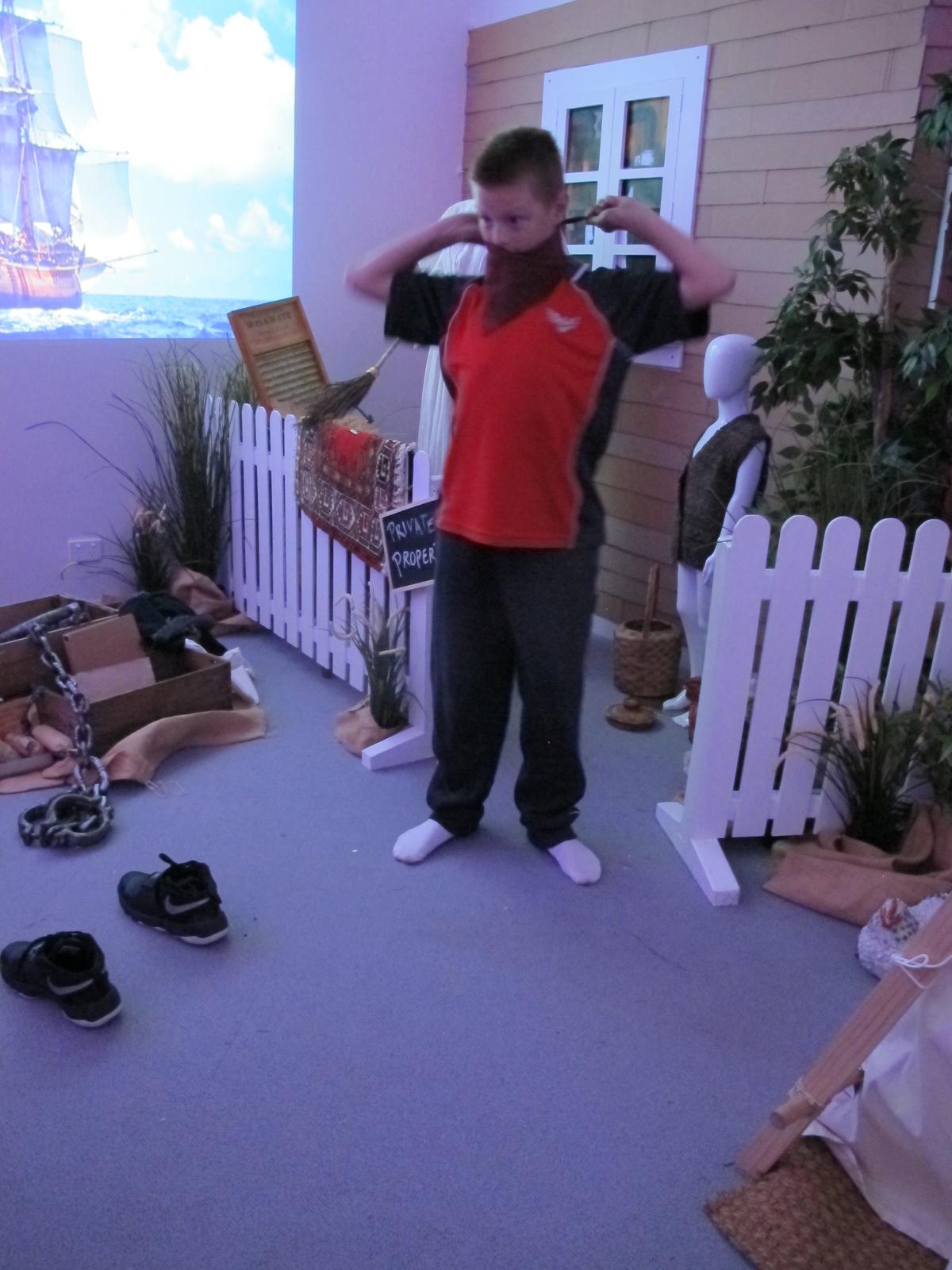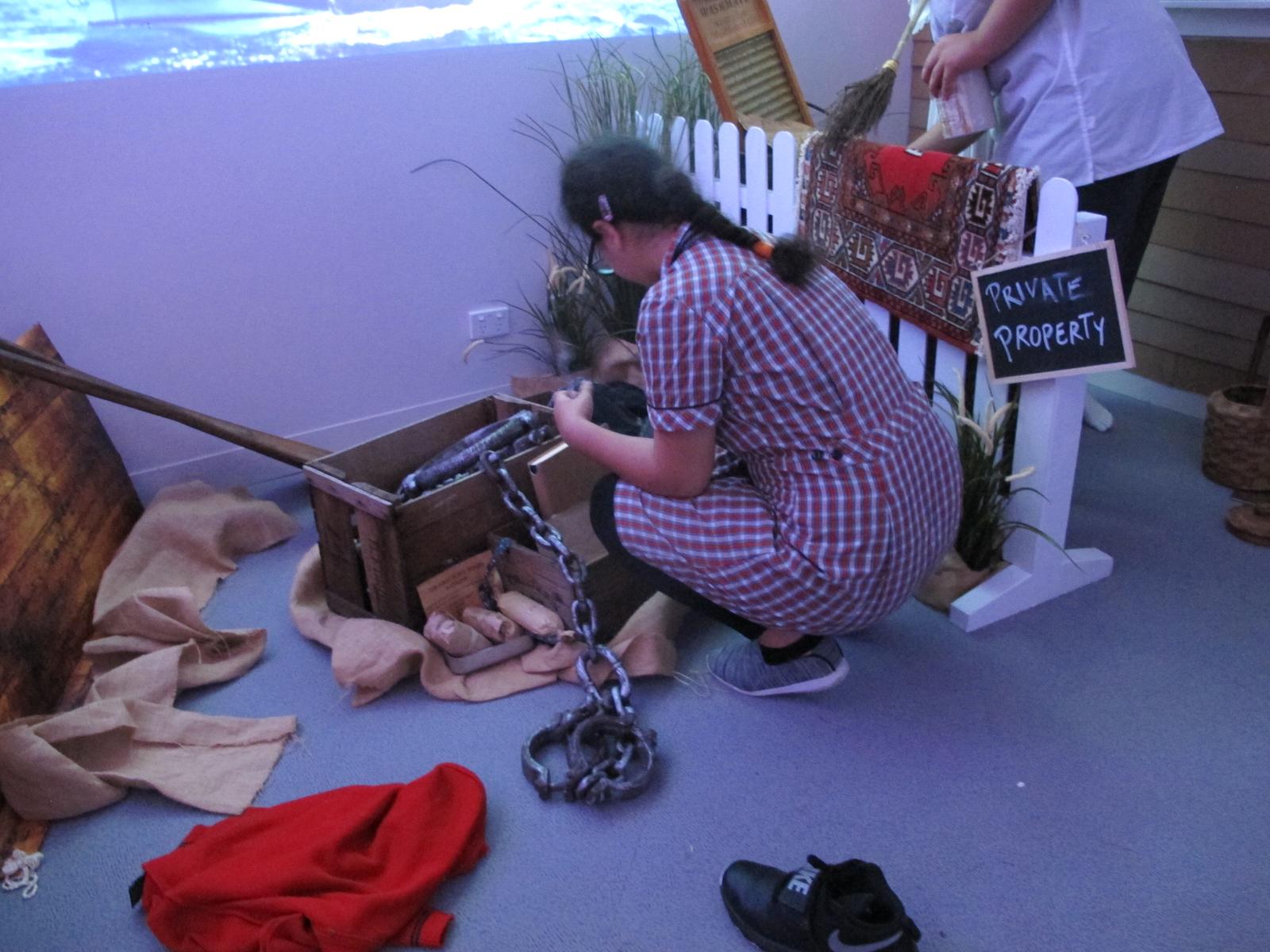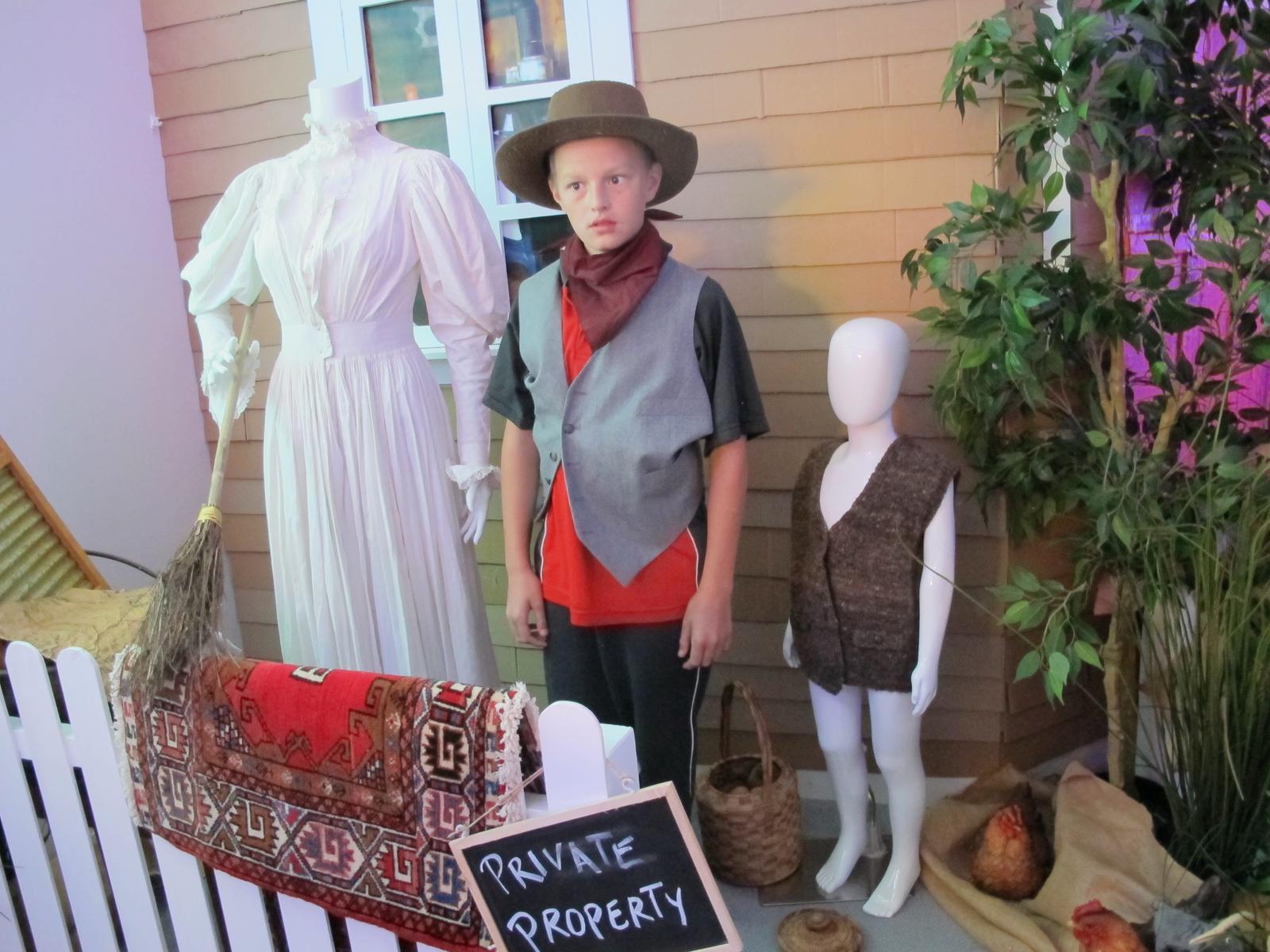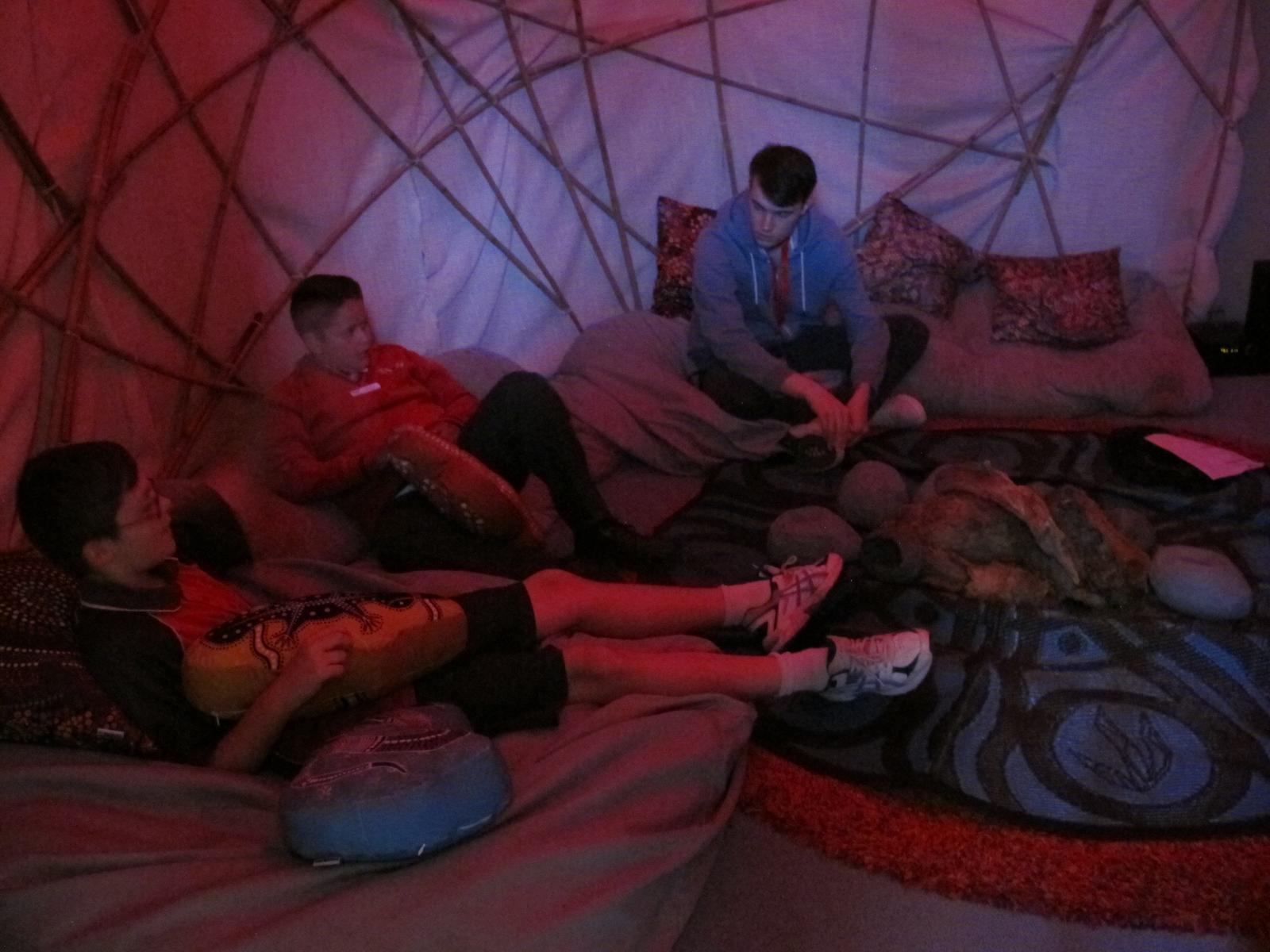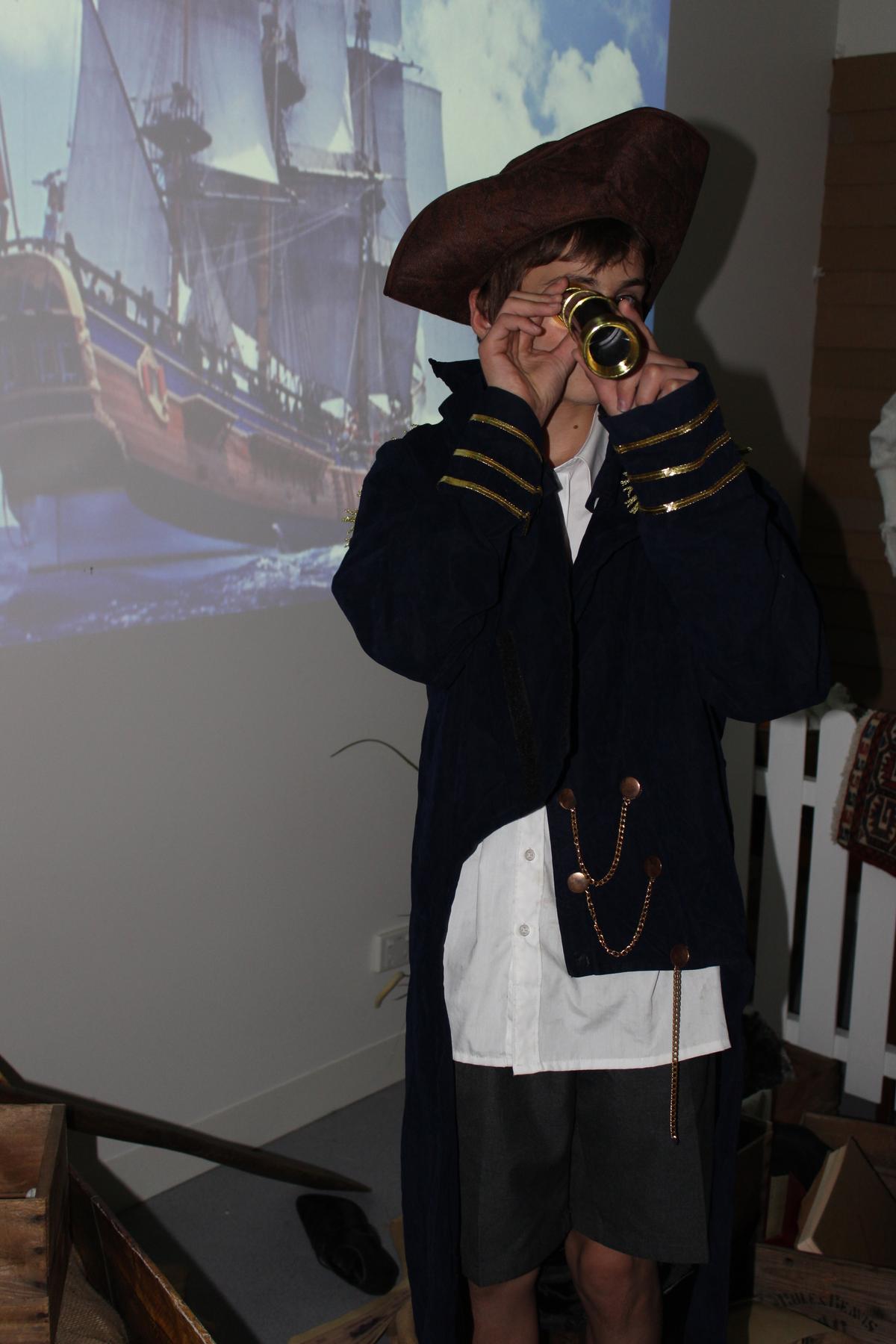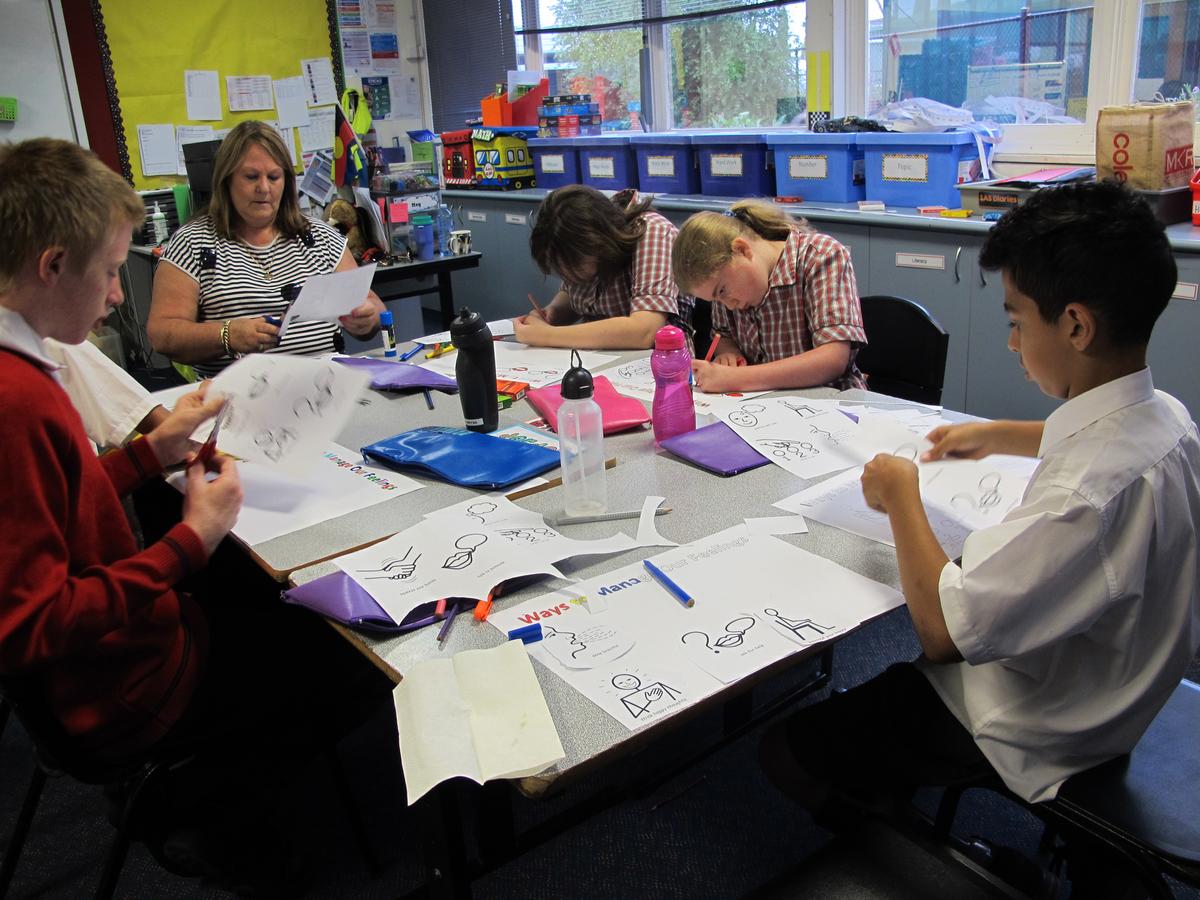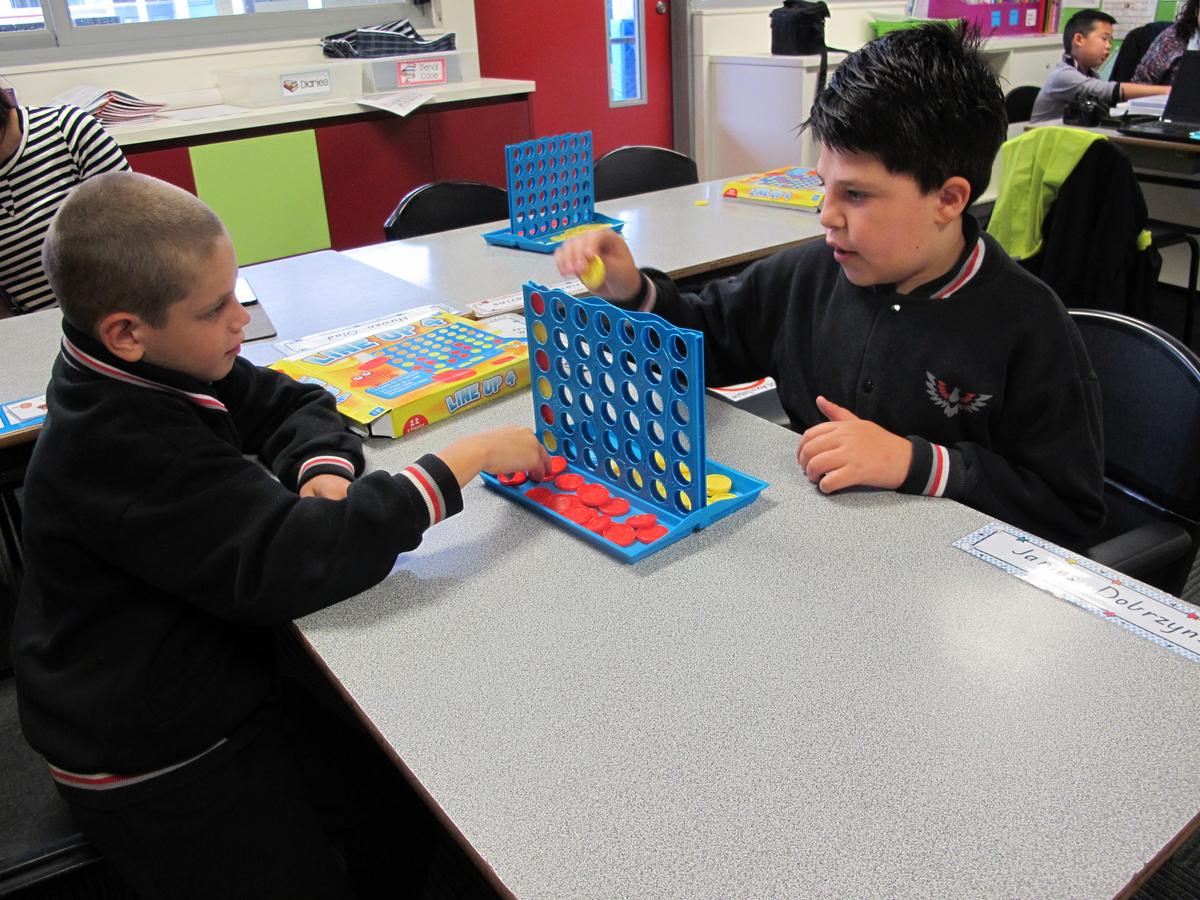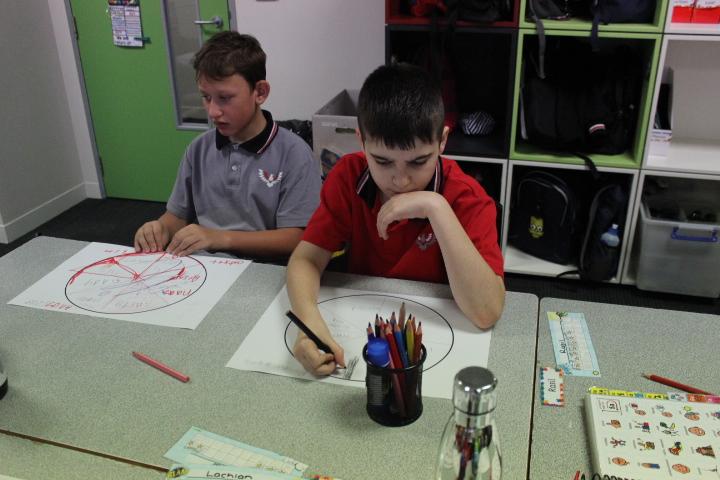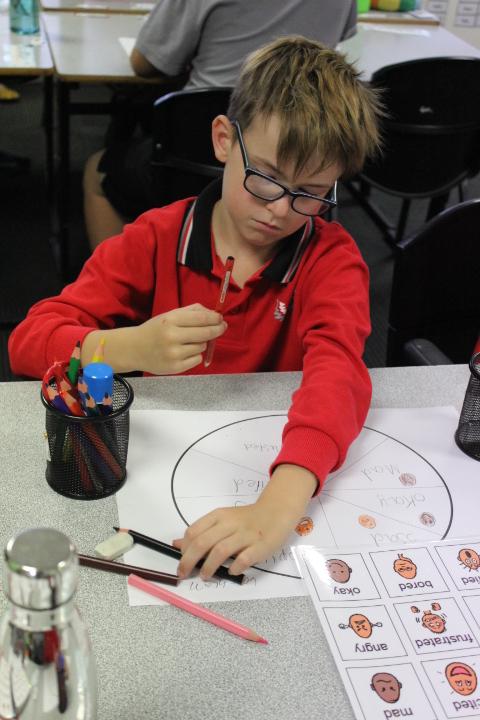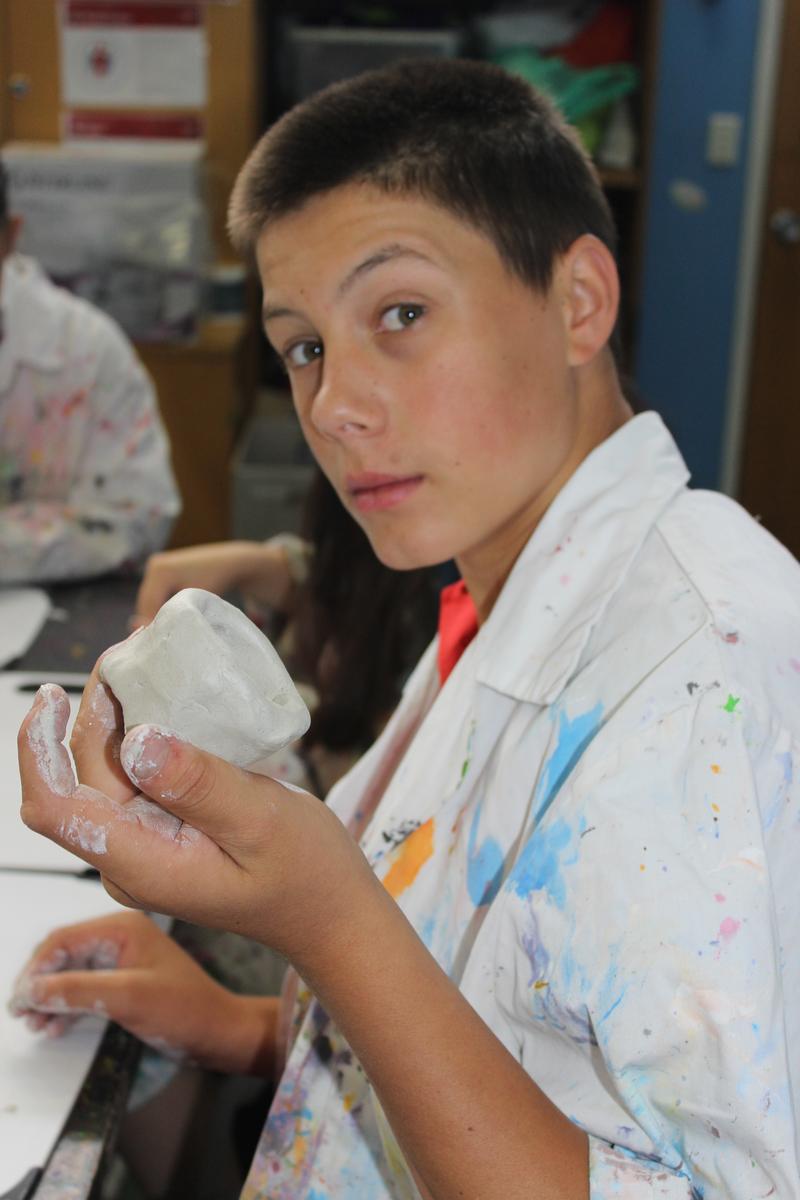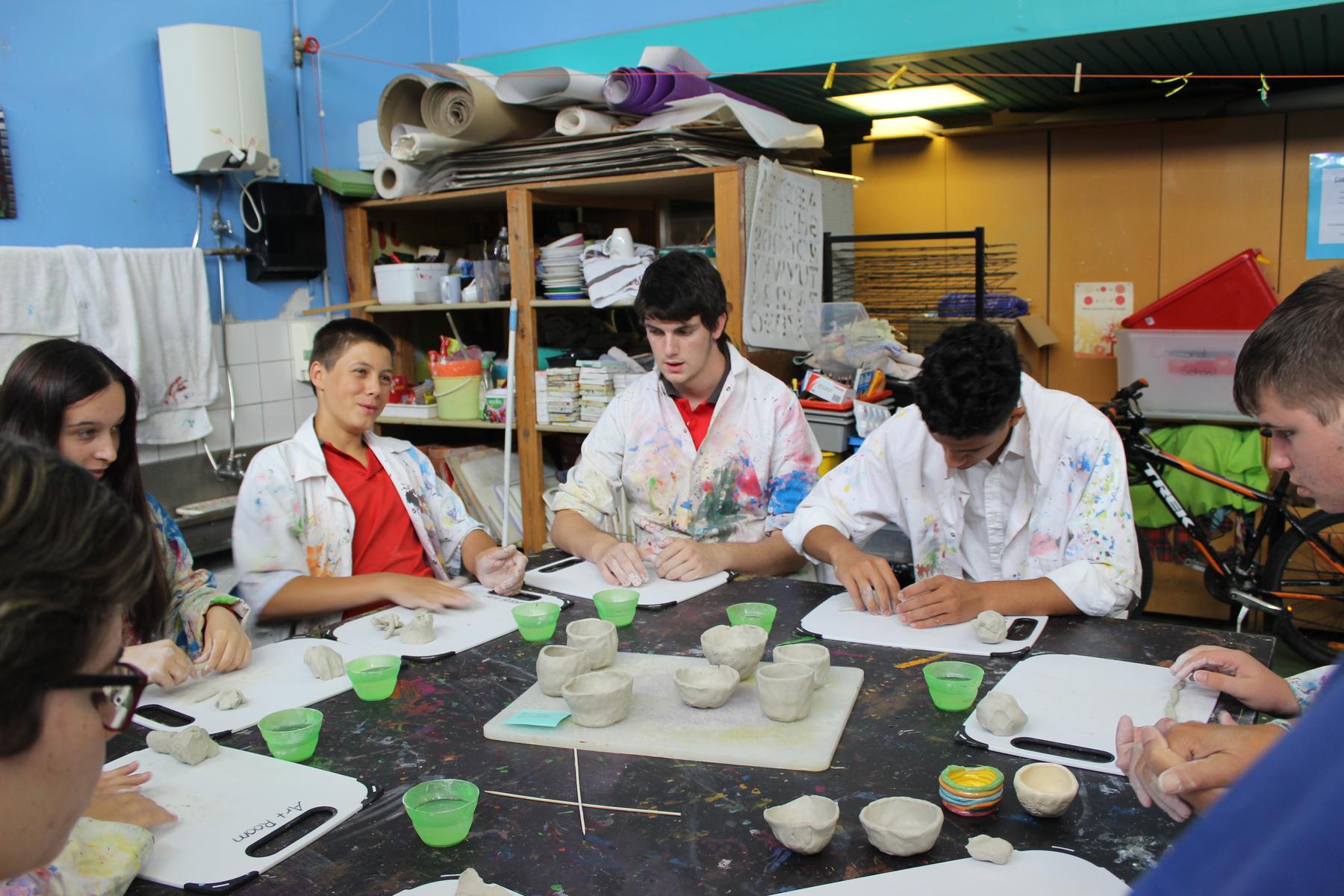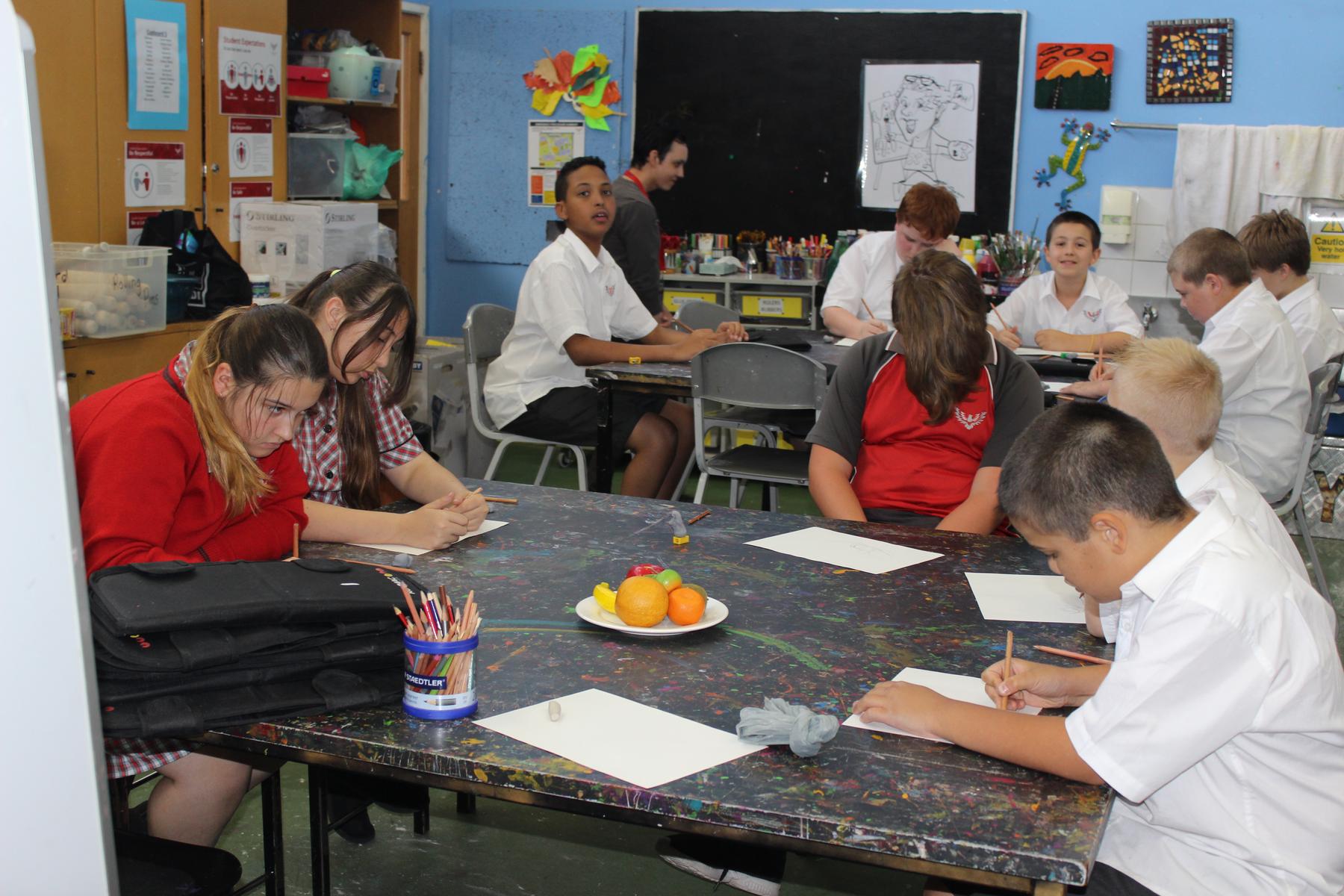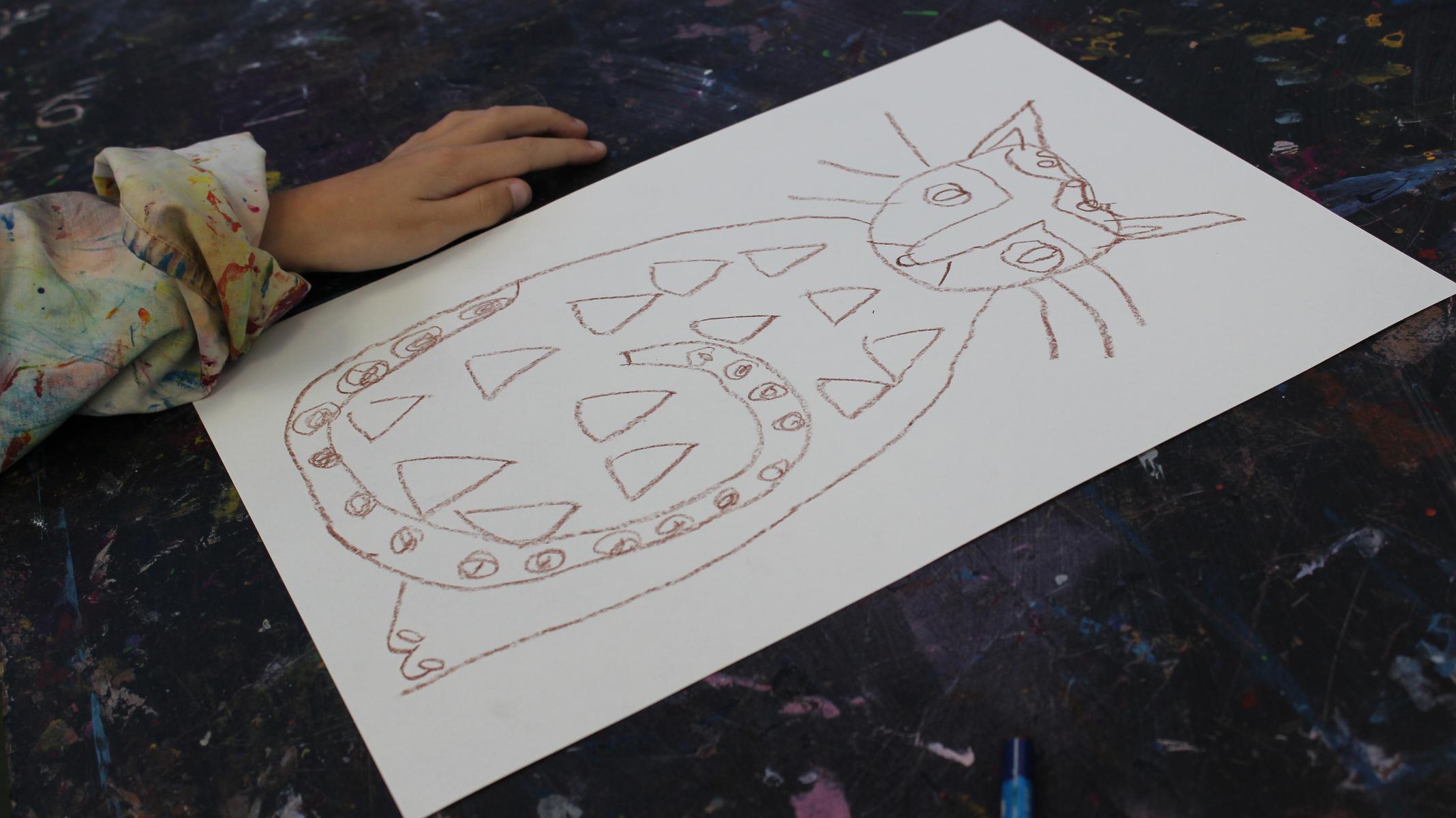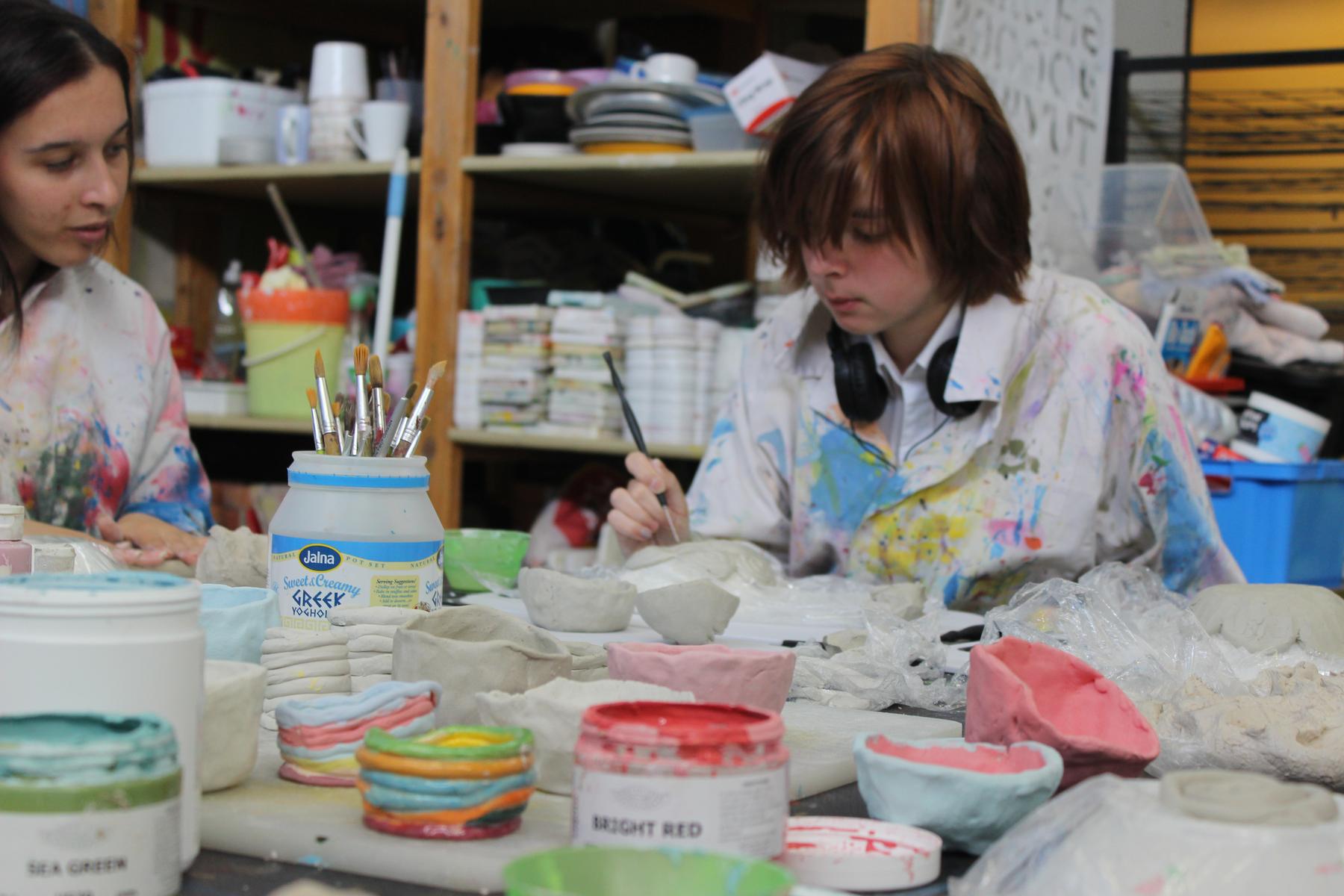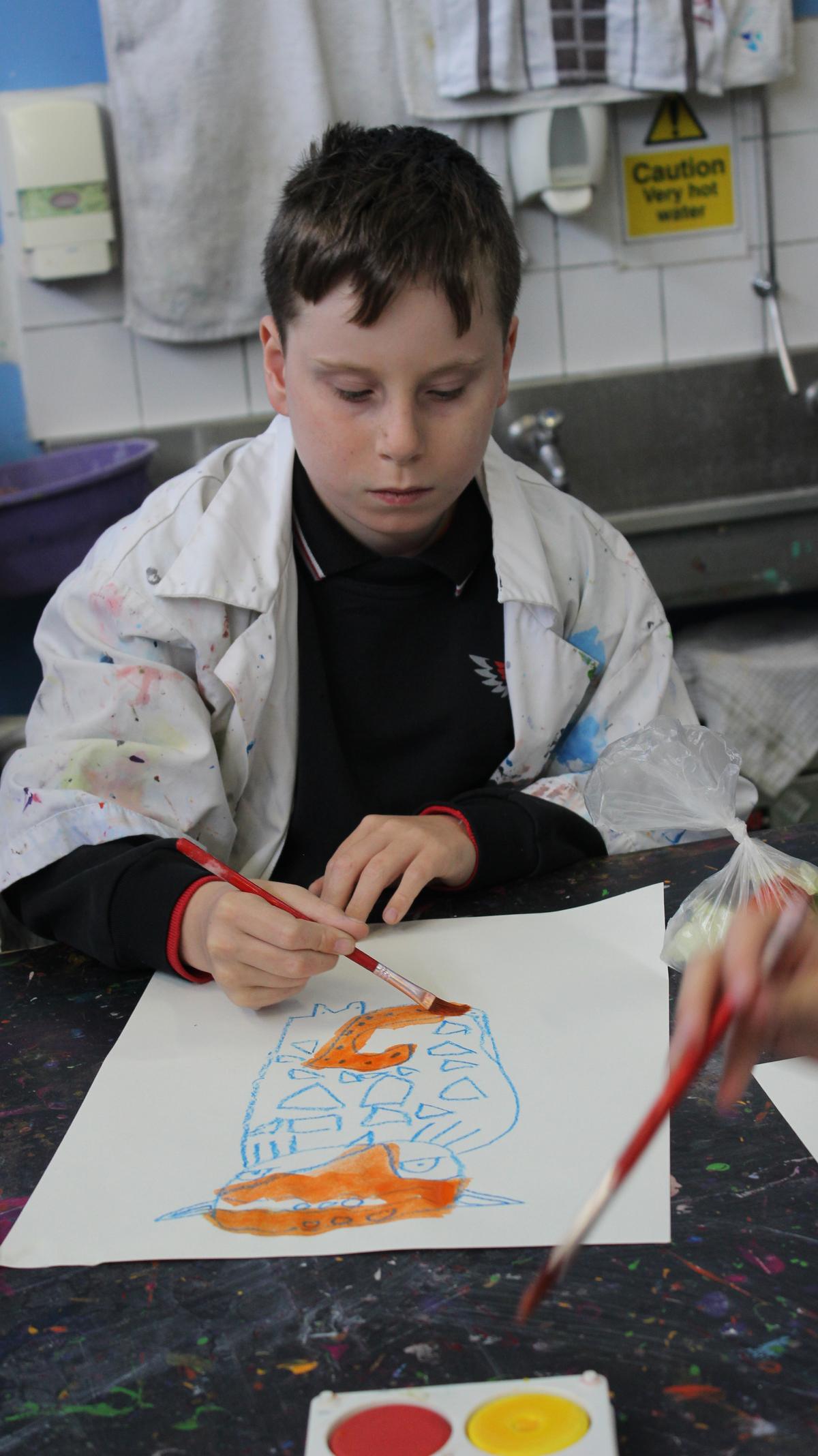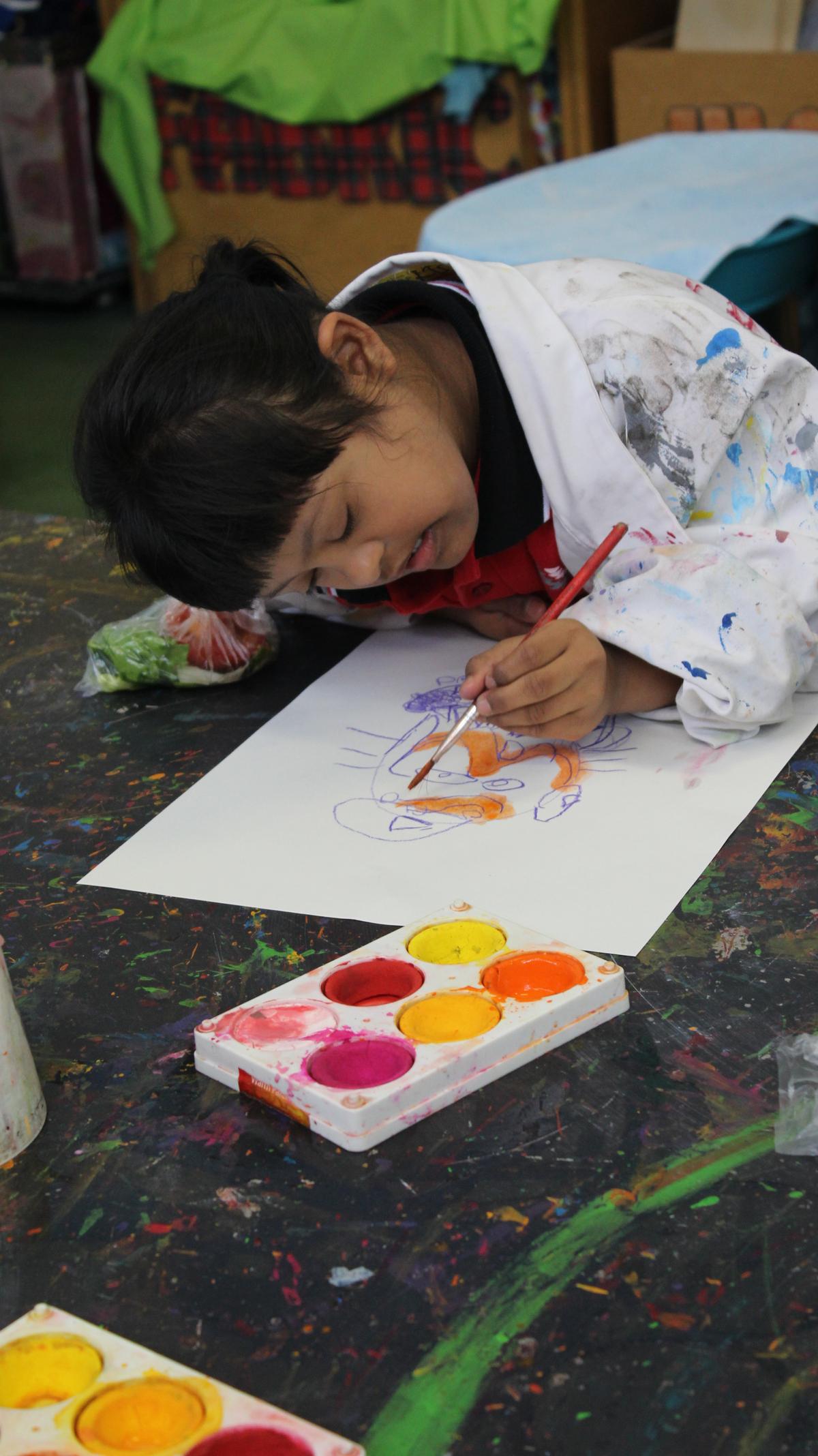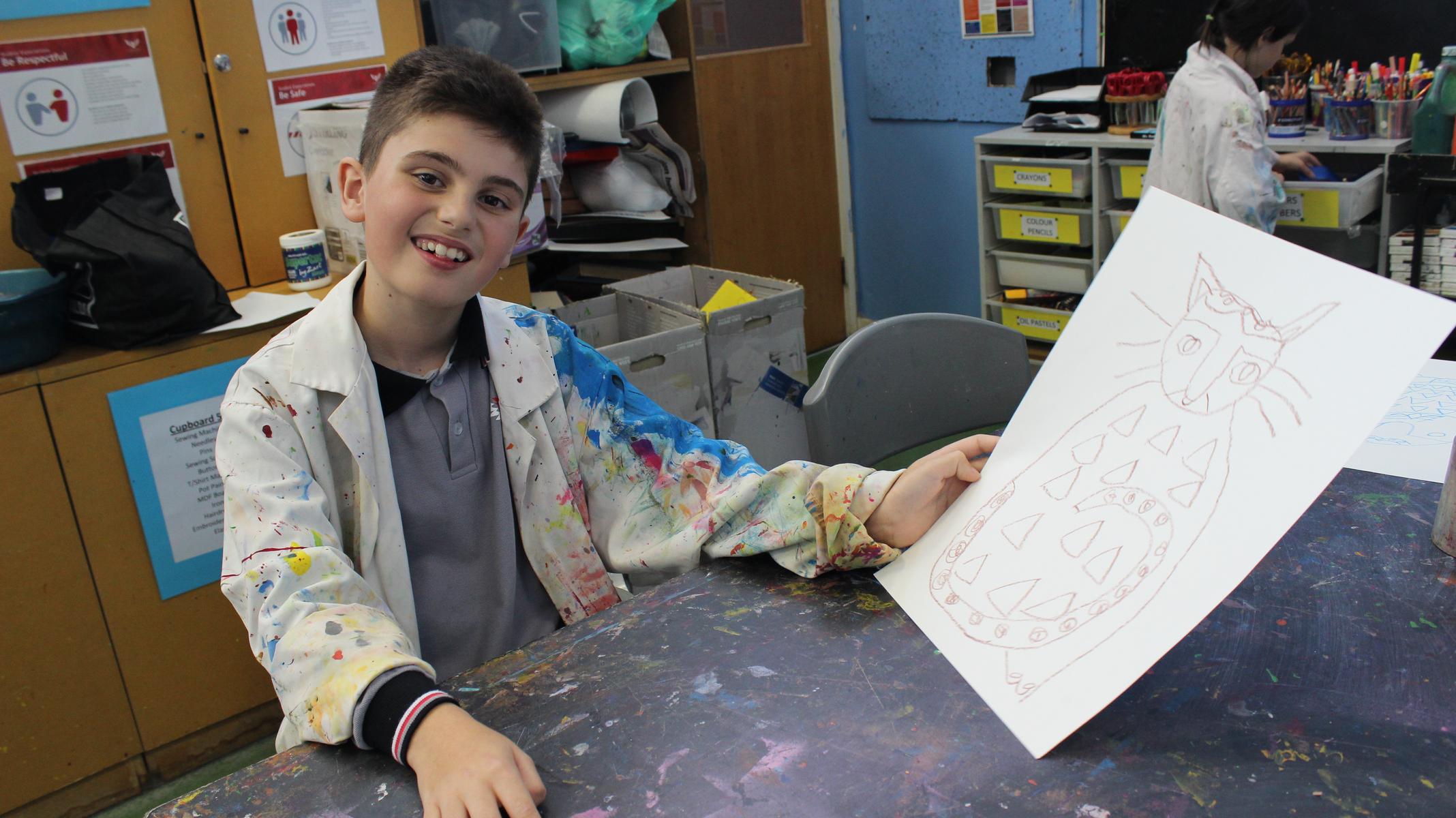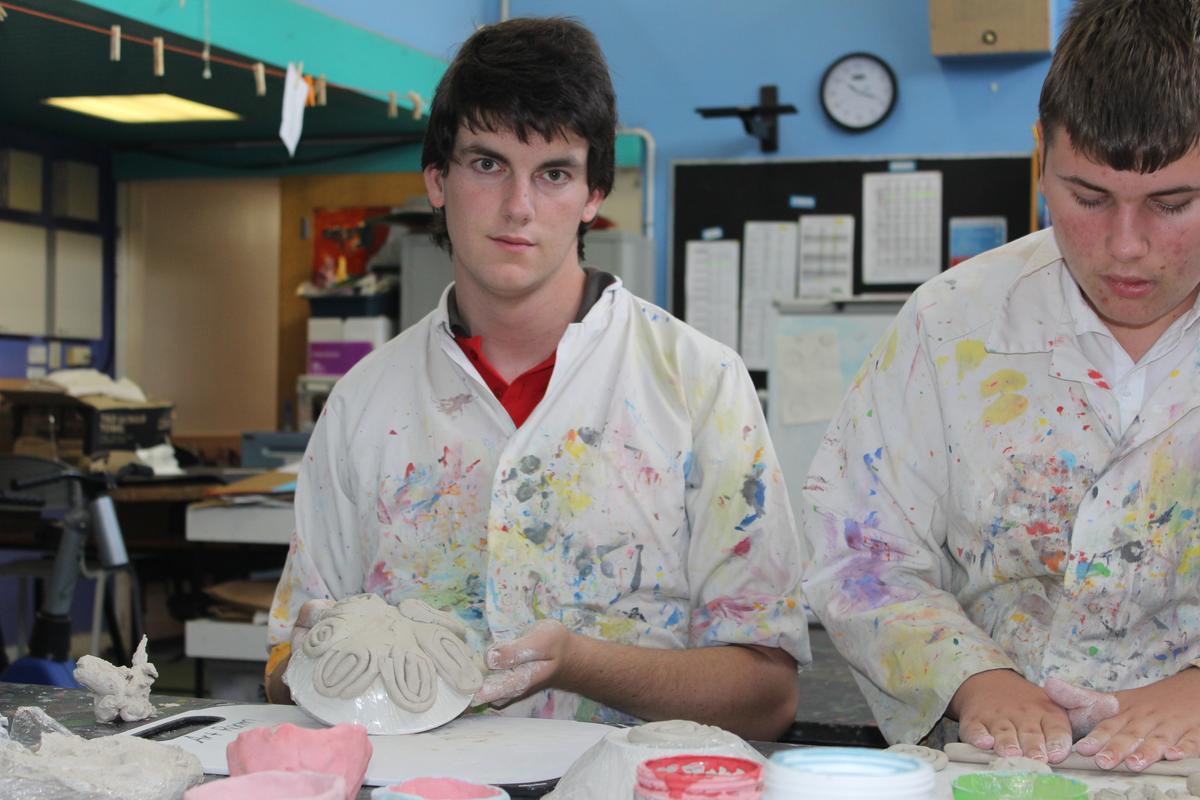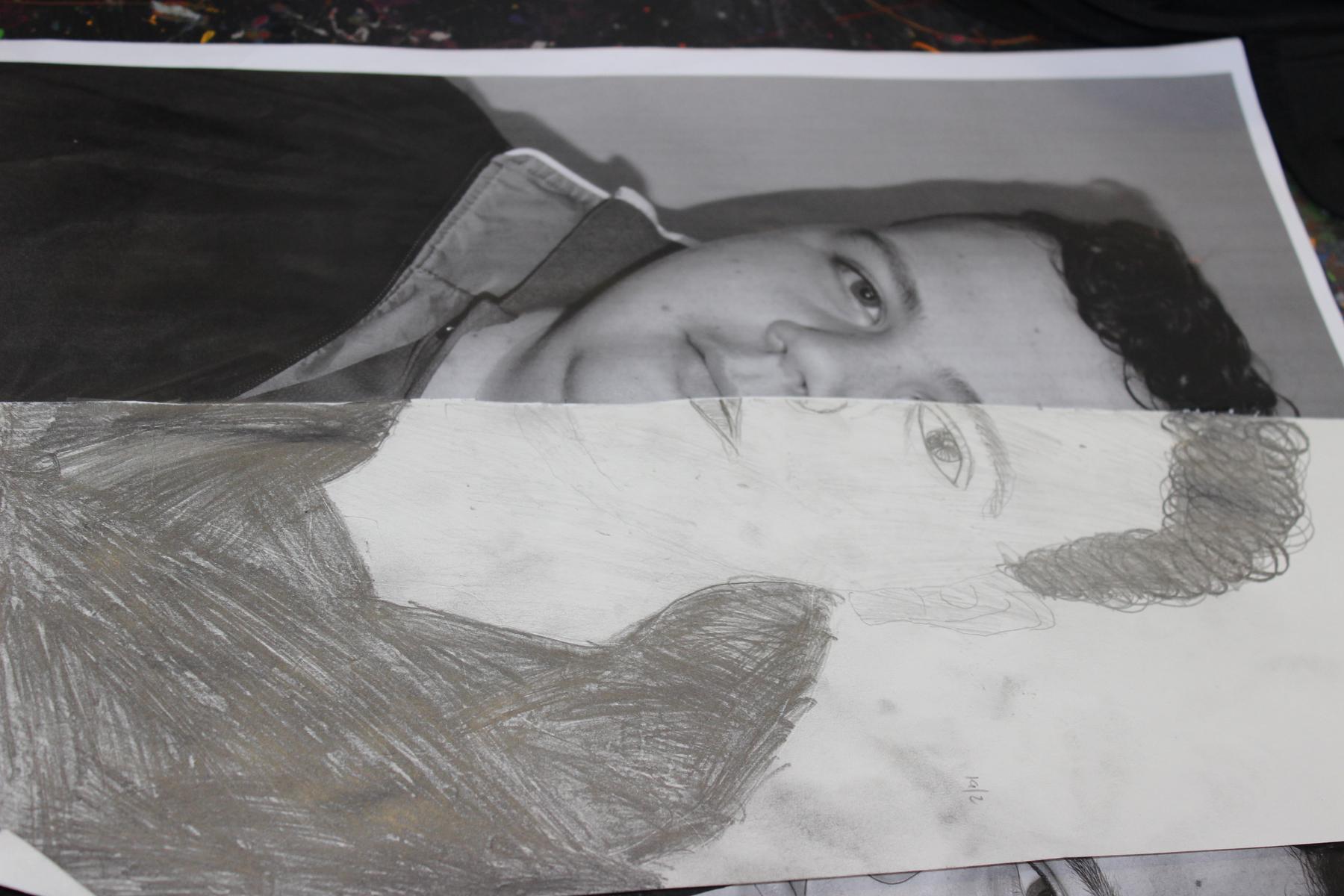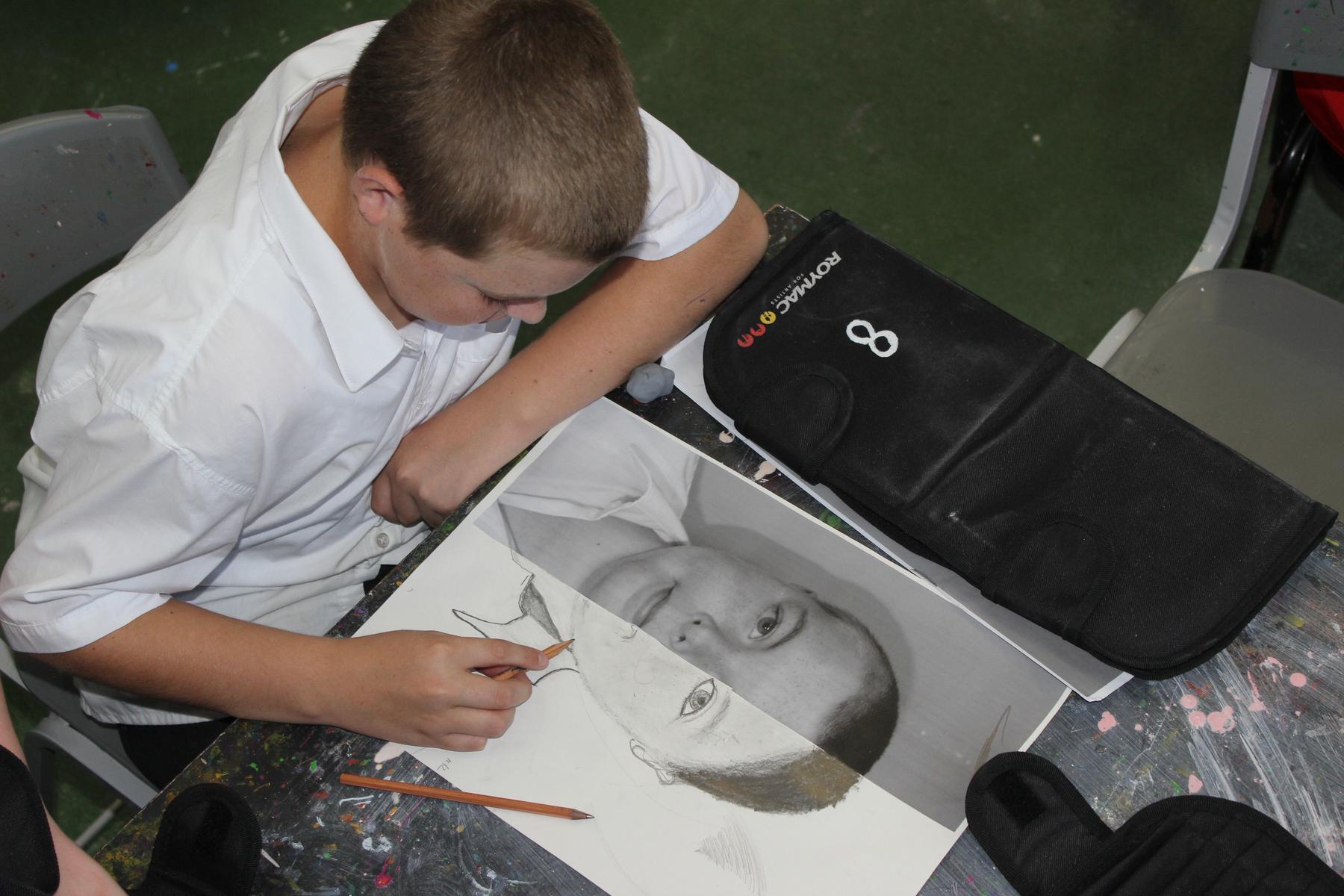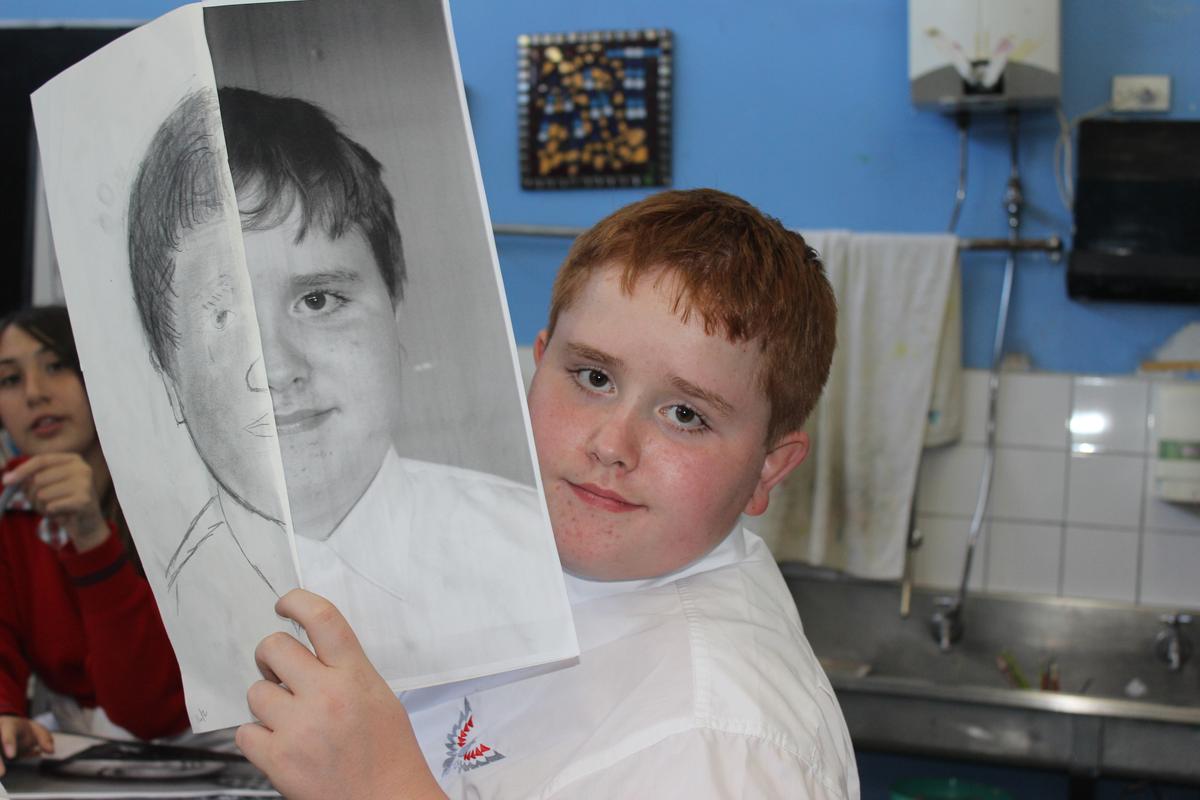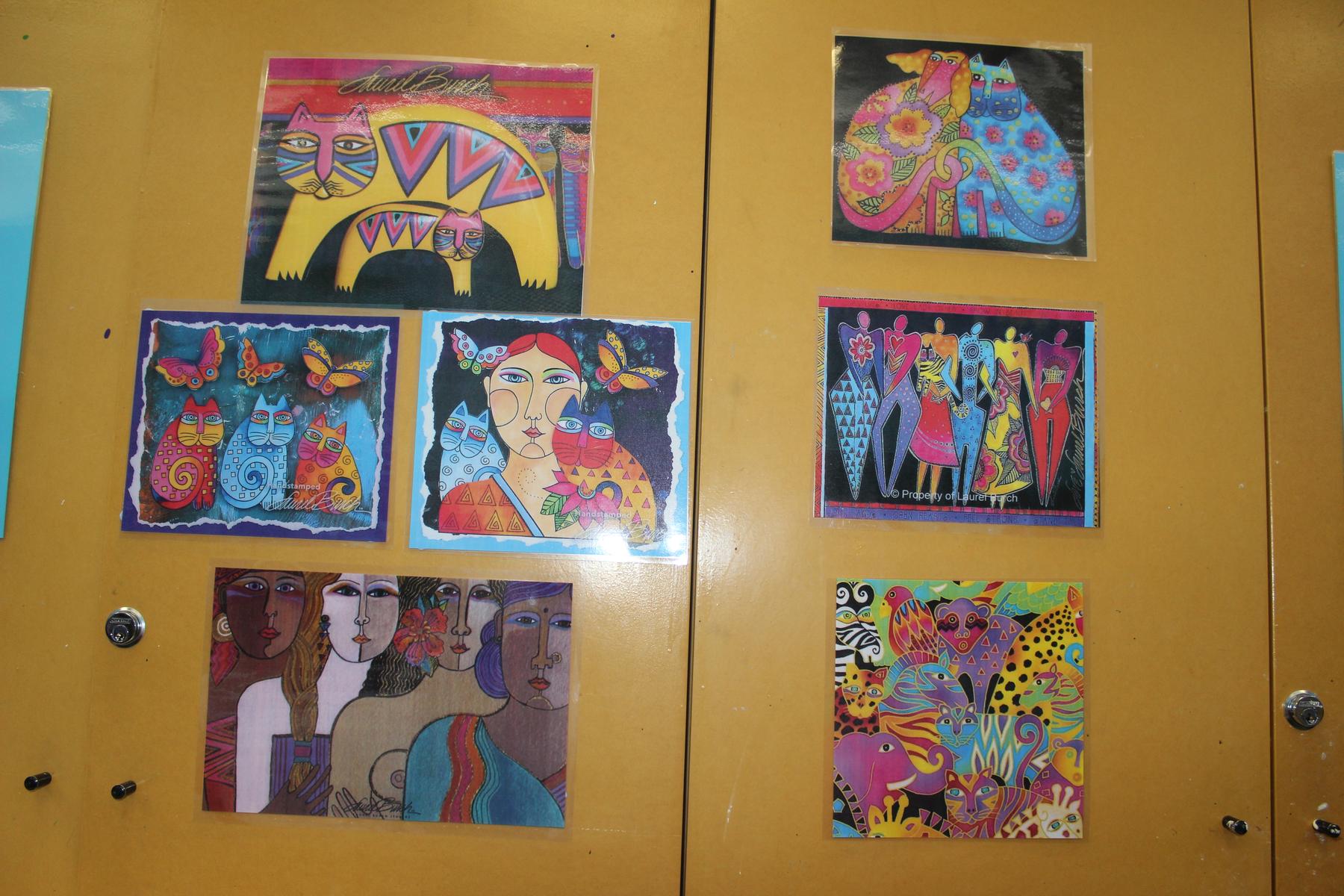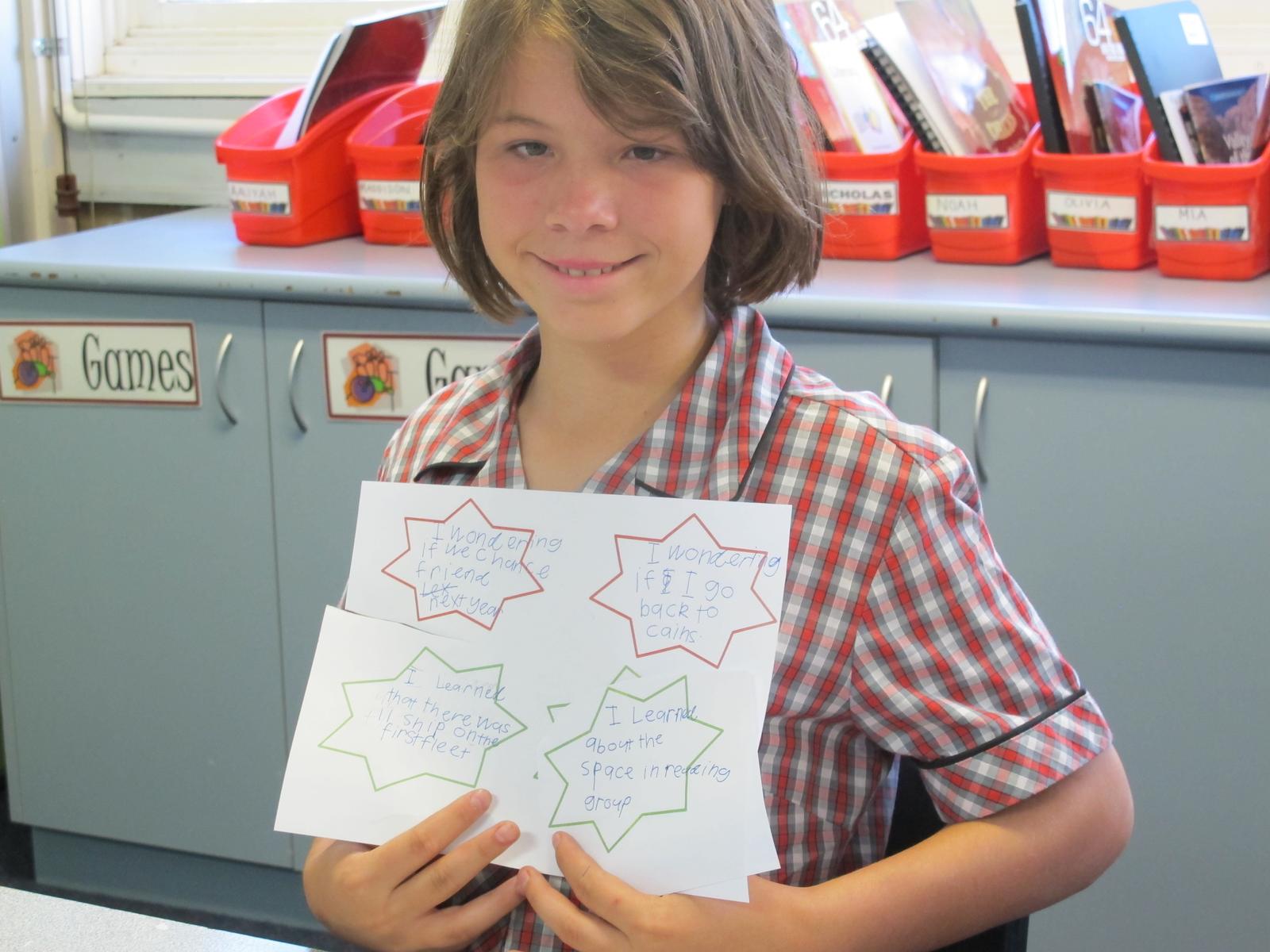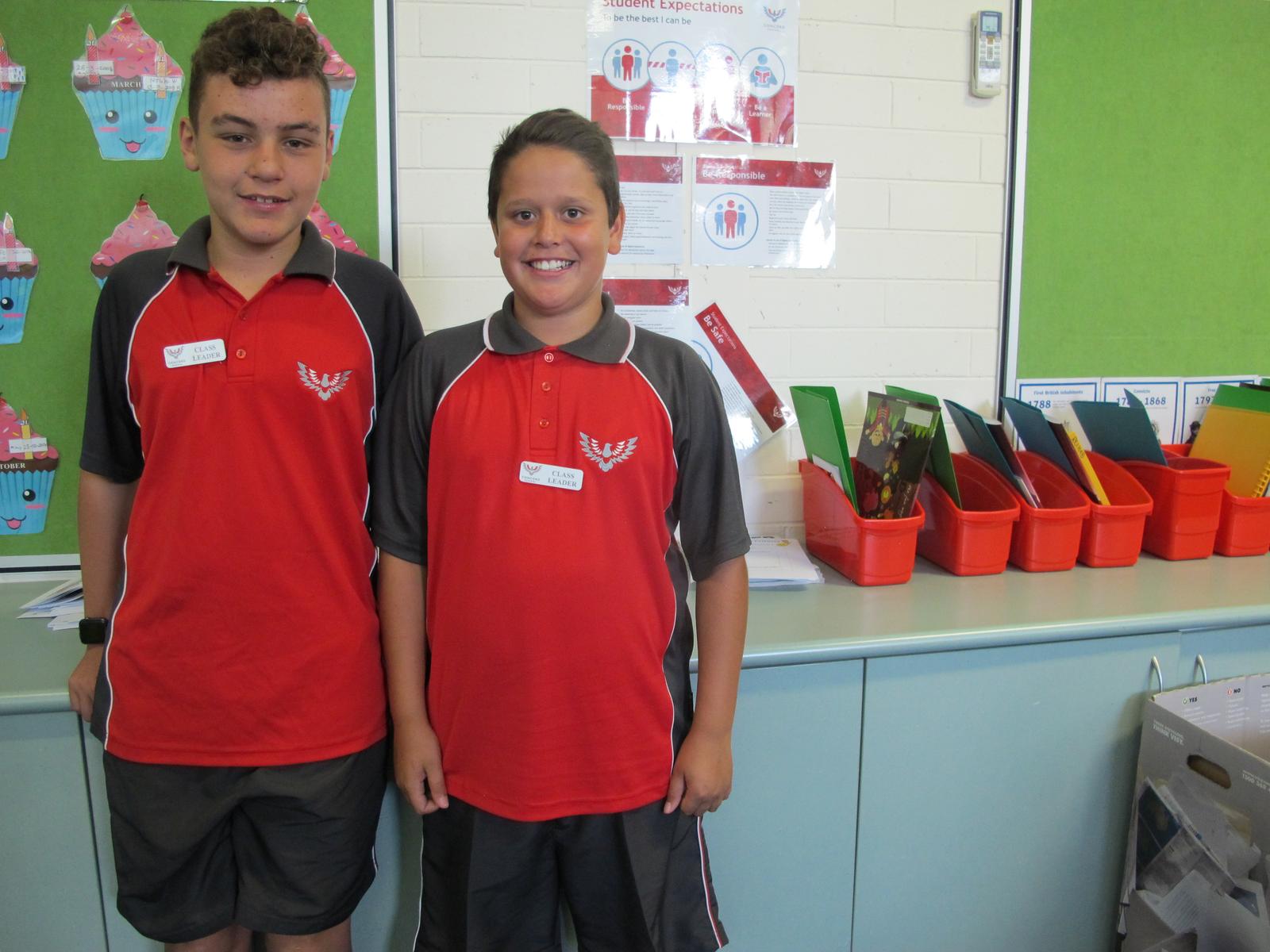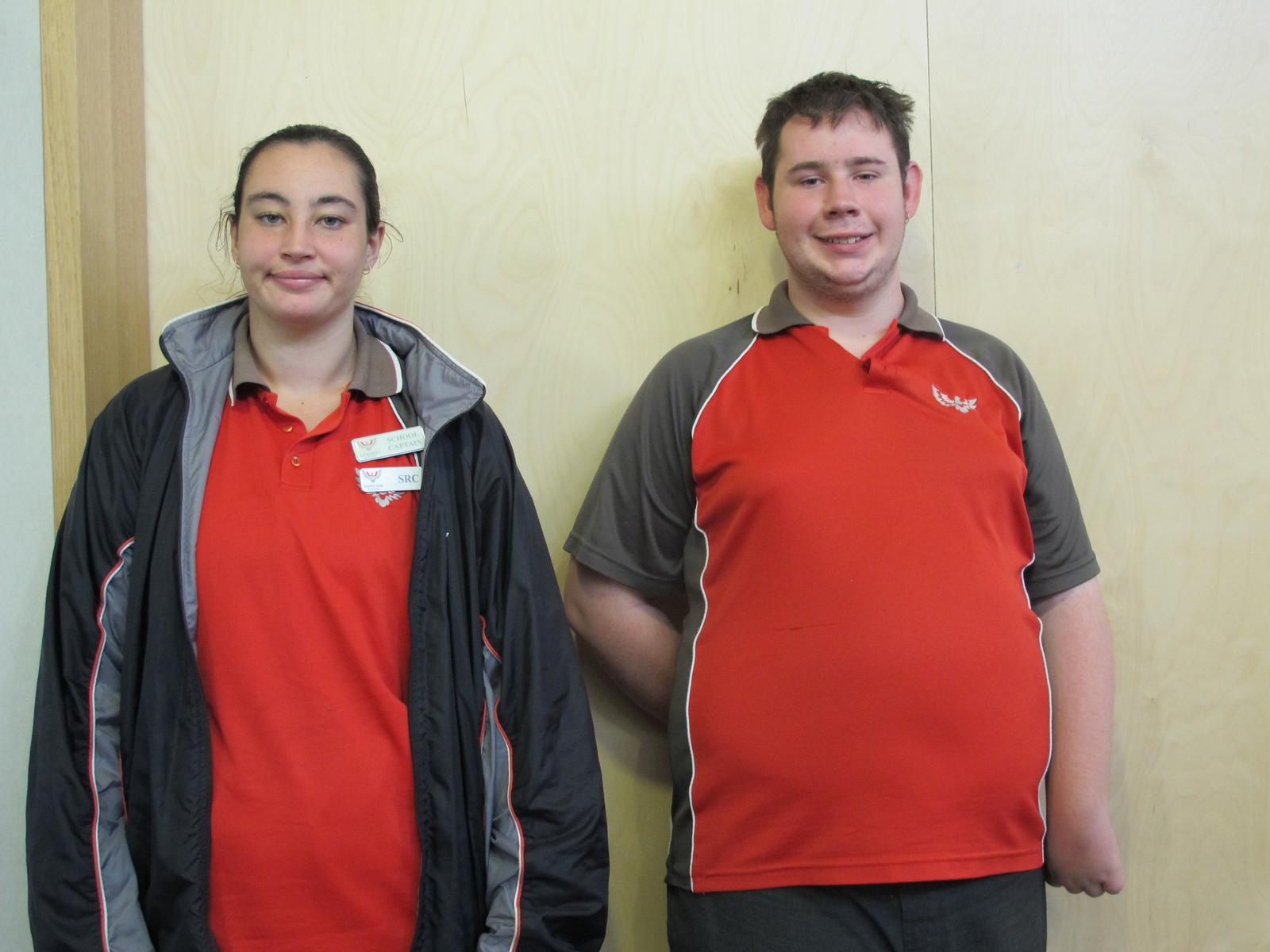Teaching and Learning
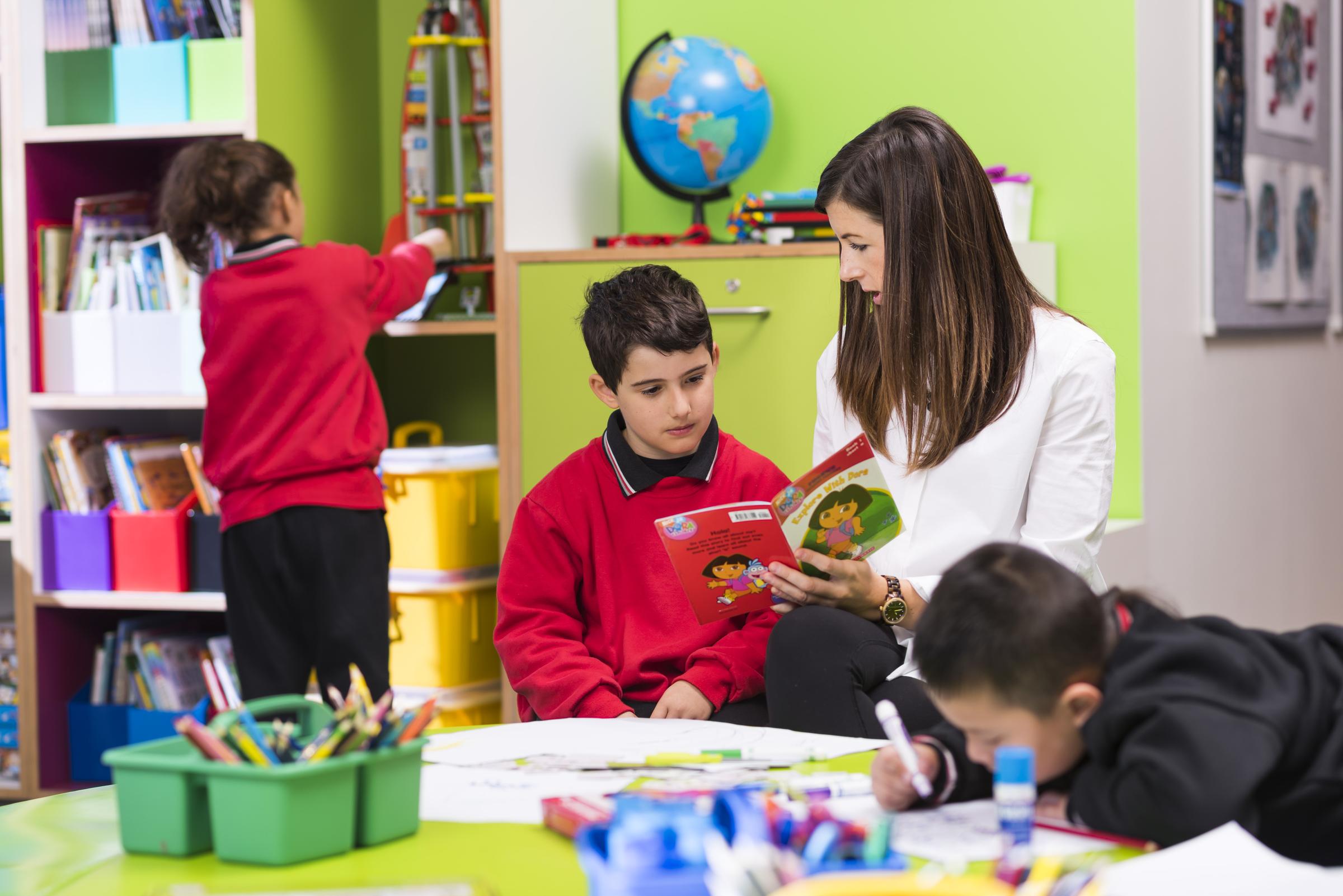
Mathematics
In Mathematics, students have activated their place value knowledge by recognising, counting and ordering numbers in multiple situations. Each student is on an individual journey of developing place value skills and has been involved in activities that are targeted at their point of learning. Students have manipulated materials such as counters, unifix, bundle sticks, and MAB blocks to make models of numbers. They have also located numbers on a number line and/or number charts and used tens frames to confirm their base ten knowledge.
The Upper Primary number scavenger hunt, last week, made the place value content more accessible, exciting and authentic for those emergent learners. I’ve observed many students, across the school, enthusiastically and strategically playing place value cards, dice and board games to consolidate their conceptual skills. Students have also investigated Statistics and Probability by asking questions about the world around them, e.g. What is your favourite colour, music, and car? How many Smarties colours are there in a box?
The Secondary 9/10 PreCAL students investigated what food and drink options were needed for their section end of term BBQ. Students have been variably supported to gather and record data (using tables and lists), represent it graphically and interpret the information. The language of statistics has included: graph, column, bar, data, more or less, most and least, collection, prediction title, how many, tally, sort and difference. In the next few weeks, most classes will also explore probability by playing games of chance and predicting the results using language such as likely, unlikely, certain, impossible and possible and maybe. They will consider the chance of certain events taking place at school, at home and in the world. You can support your child by using this language as you play/watch games or observe the weather.
English
Over the past few weeks students have been learning how to make meaning of shared and independently read texts. Emergent readers have practised using images and words in the text to answer who, what, where are and when questions and build their literal comprehension.
Secondary 7/8 PreCAL students successfully applied their literal comprehension skills to reading computer travel social stories before going out in the community. Developing readers have been guided to use prior knowledge, personal experiences, prediction and text clues to make connections and inferences about the text.
In over a week, the key focus of the reading and viewing lessons will shift to reading strategies, specifically phonics and word solving. Phonics refers to the letter-sound relationship in reading and writing. A phonics reading approach develops learners’ phonemic awareness. This involves the skills of hearing, identifying and using phonemes or sound patterns in English. The aim is to systematically teach learners the relationship between these sounds and the written spelling patterns, or graphemes, which represent them. Phonics emphasises the skills of decoding new words by sounding them out and combining or ‘blending’ the sound-spelling patterns. Phonics and spelling are interrelated processes; both involve the reader in using and solving words. Using letter-sound relationships helps solve words but most English language words are phonetically irregular. So readers need a wide range of language knowledge and strategies to solve words. They need to have an understanding of how words look and how they mean.
In small instructional groups students may explore initial sound cues, sounding out words, chunking and blending letters and finding smaller words within a word (e.g. weekend). In other guided reading groups the vocabulary focus may be identifying the meaning of unfamiliar words by reading the word in context and breaking down the word to examine its’ root word meaning.
In writing most classes have used language or shared experiences to promote oral discussion and help students construct recount text. Many students have used graphic organisers effectively to structure their recounts and sequence events. Secondary Year 9/10 published an entertaining newspaper report on their Immigration Museum experiences. Their PreCAL classes also created recounts of their experience days using photos to prompt effective sequencing and descriptive language.
The next writing focus will be narrative text. A narrative tells an imaginative and/or a real story. Many classes will creatively relate their writing content to their integrated learning. Students will examine the elements of a narrative text; the characters, setting, problem and solution. They will identify the parts of a story in terms of the beginning, middle and end and will discover that the problem can often be found in the middle of a story and the solution to the problem at the end of the story. Parents can help their children by building their prior knowledge of narrative text structure as they view or read stories at home.
Integrated Learning
Many classes have taken an adventurous trip through time as they visited the Discovery Centre over the past few weeks. This week, I captured a few classes as they watched historic videos, read first-hand accounts of convict life and listened to aboriginal Dreamtime stories. It was encouraging to see students really immersed in a range interactive learning activities in the MILE room. Many students actively explored the spaces and enthusiastically dressed up and engaged in role playing early convicts, explorers, free settlers and miners.
Social Competencies
Across the school there has been a committed focus on helping students better understand their ‘feelings’ and developing strategies for dealing with strong emotions.
Many classes have developed individual and informative posters that display helpful ‘calming down’ strategies. These include: taking deep breaths, squeezing my hands, counting to 10, sitting and rubbing my legs and thinking about happy things. Students have personalised their posters by adding their own strategies .Students have been involved in a range of role plays and real situations that focusses on developing these skills.
Next week and for the rest of the term, the new social learning topic is ‘Personal Safety’. Students will learn about how to identify ‘safe’ and ‘unsafe’ feelings and what is ‘OK’ and ‘Not OK’ behaviour. An important additional focus is how to be ‘cyber safe’.
Visual Arts Program
In the art room this term, students across the Bundoora Campus are being taught a diverse range of visual art techniques using a range of media. Vera Mitchell, our creative Visual Arts teacher, sets high expectations for learning as she assesses, uses data, plans and explicitly teaches students at their point of need.For example:
In Secondary 7/8 visual arts students are learning about mark making and shading techniques using mostly pencil and paper. Initially Vera conducted a practical assessment of student understanding of shading to provide baseline data to establish student learning goals for the term. Over the past three weeks she has explicitly modelled the different levels of shading and using ‘think aloud ‘ strategies has familiarised them with shading language such as: marking, stroking, blending, shading, pressure, tone, pencil grade, light and shadow.. Students have practised selecting the optimal pencil grade and grip for shading and have learnt how to turn a drawing from 2D to 3D. They have practised observational drawing of still life objects such as fruit bowls, boxes and geometric shapes. Over the next two weeks, using a split photo of themselves and with verbal and visual support, they are sketching and shading the other half to create a symmetrical self-portrait. Vera will continue to prompt students to use their prior knowledge and think about the different strokes that are best suited to complete the portrait.
In Upper Primary art classes students have been introduced to the works, achievement and life of a contemporary artist, Laurel Burch. They have made generalisations about her commercial work, identifying strong geometric shapes, vibrant colours and thematic foci on cats, dogs, people and mythical creatures. Over the last few weeks Vera has given explicit instructions on how to draw a cat following the Laurel Burch style. The results are a ‘feast for sore eyes’ as most students mimicked an original Laurel Burch design by maintaining good geometric line and bright colour, using Fineliner and water colour on paper . I am not surprised with the successful results as I observed extremely motivated and engaged students in these classes. In the next few weeks, Vera is stimulating students to work independently on family portraits, using the Laurel Burch’s style. She will activate their prior knowledge and guide their techniques, whilst challenging their misconceptions about good portraiture.
In 9/10 and 11/12 elective classes students have been exposed to new content knowledge and skills associated with ceramics. They have learnt about the properties of clay and green ware and the differences between glaze and underglaze. Student ceramic skills have been progressively developed, starting initially with making coil pots using rolling and smooth over binding technique. Then they moved onto to making pinch pots and exploring under glazing and glazing. Using multiple techniques they will also make clay faces. These techniques include: pinching to build a structure, blending clay pieces by scoring clay and adding water to create a joining paste. In the next few weeks Vera will explicitly teach students how to blend clay pieces together and add water to create a slip for decorating clay. Students will be exposed to Laurel Burch artwork and taught how to design a cat clay face in the Laurel Burch style, using slip and modelling tools. In the last few weeks of term, students will apply their new joining techniques and ceramic knowledge to designing and making Laurel Burch style sculptured cats.
3 Way Conferences
A ‘3-Way Conference’ is a shared parent, teacher and student interview where Student Learning Goals (SLPs) are discussed and the progress towards meeting those goals is canvassed.
In term 1 and 2 during the two SSG meetings 3-Way Conferences will be held for all students in Secondary 7-10. For Secondary Year 12 students, there are 3 SSGs spanning terms 1, 3 and 4 in which 3-Way Conferences will occur. Students are required to attend their scheduled conference time with their parents.
At Concord School we aim to give the learner increasing responsibility and ownership for their learning so they can develop into independent, life-long learners Student voice and agency is promoted strongly in a leadership capacity in the form of the Student Representative Council and the appointment of classroom captains across our school. A ‘3-Way Conference’, however, is a way to encourage students to take responsibility for their own learning, actions and decisions. It also demonstrates that, together, we will support their learning and celebrate their achievements. The decision to conduct 3-Way conferences stems from evidence in recent student, parent and teacher surveys indicating that student voice is one area in which we can further improve. It forms a key action for improvement in our current Annual Implementation Plan and is strongly supported by the School Council.
‘3-Way Conferences’ are a stepping stone to empowering students to lead their own learning and shape their own educational journey. We plan to start small and build the capacity of our community towards improved Career Action Plan success and ultimately, greater student learning empowerment. This year, Secondary 7-10 students will establish one meaningful personal learning goal whilst VCAL students will set individual career goals with Career Teacher support. Teachers are supporting students to plan and prepare a relevant personal learning or discipline based learning goal. They are also building students’ strategies to reflect on and monitor what they are learning and how they learning. They will also develop student confidence to share their goal and provide evidence for their learning at the conference. Parents can contribute to the learning partnership by:-
- attending the conferences with their adolescent
- being active listeners and praising their child’s efforts.
- offering support and encouragement
- indicating how they can support their child’s learning goal/s
Transition Information Evening
The Secondary 11/12 Information Evening attracted a small but enthusiastic collection of parents and students last Monday 26th February. Rhi Campbell our Post-School Transition Coordinator together with Bronwyn Hart, the Secondary Year 11/12 Team Leader, carefully outlined the Transition Timeline and familiarised parents with a range of relevant community support facilities and possible transition pathways.
Ann Park and Nina Kahle our year 11/12 teachers also supported parents with their paperwork and initial queries, at the meeting.
Helen Edmonds
Acting Assistant Principal
